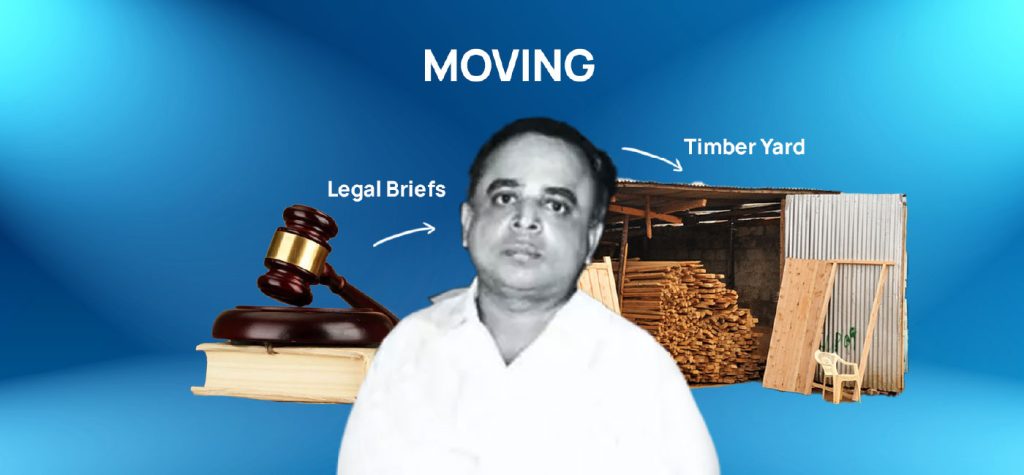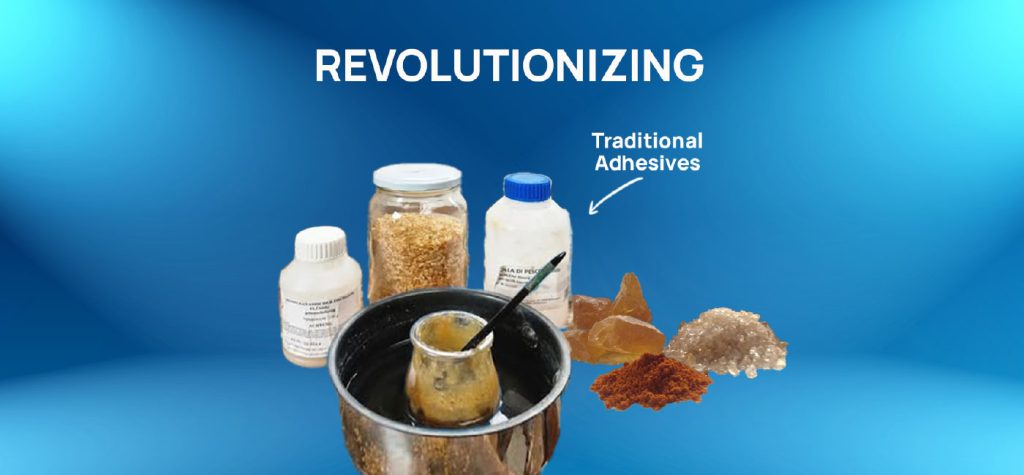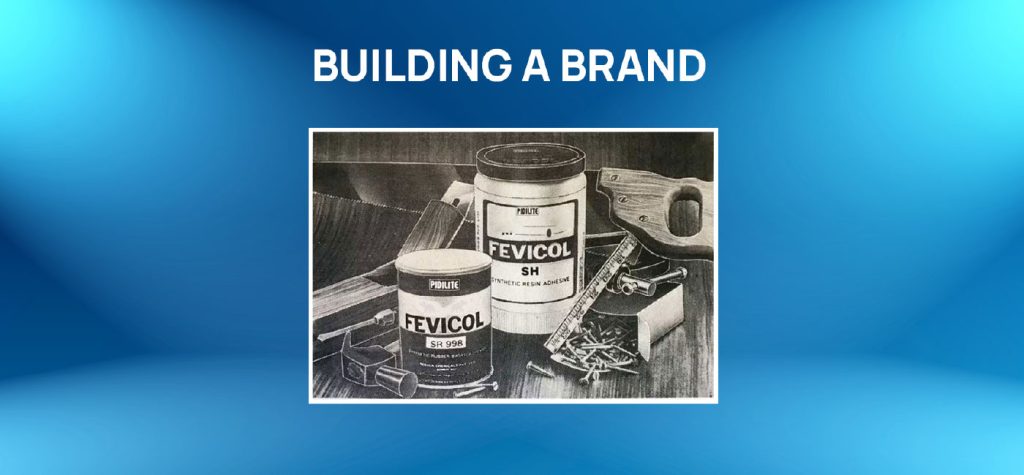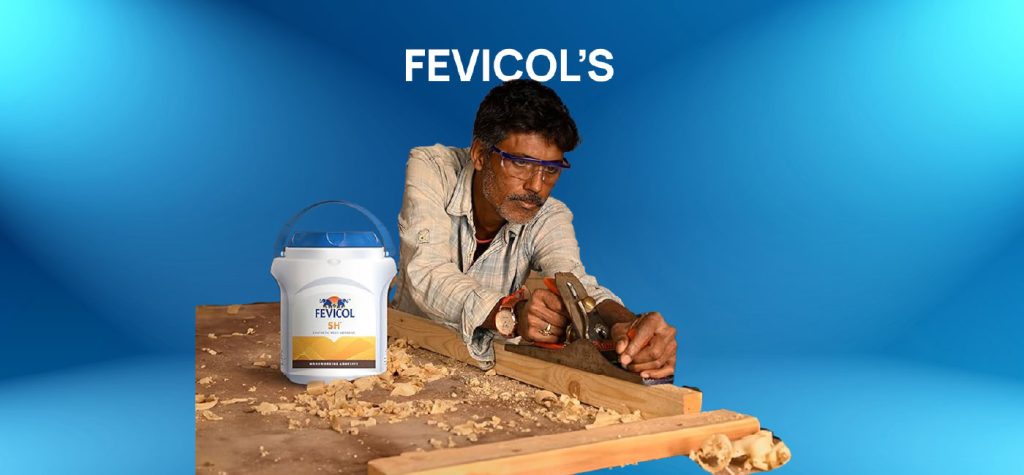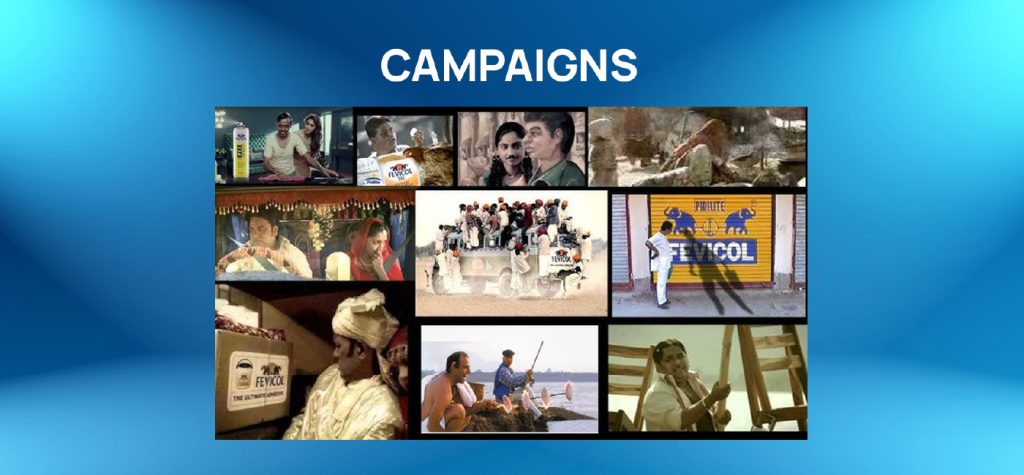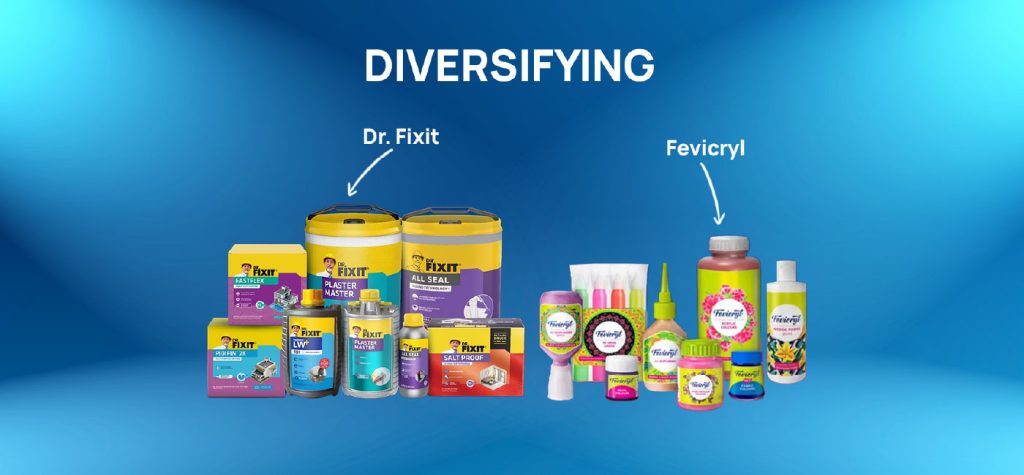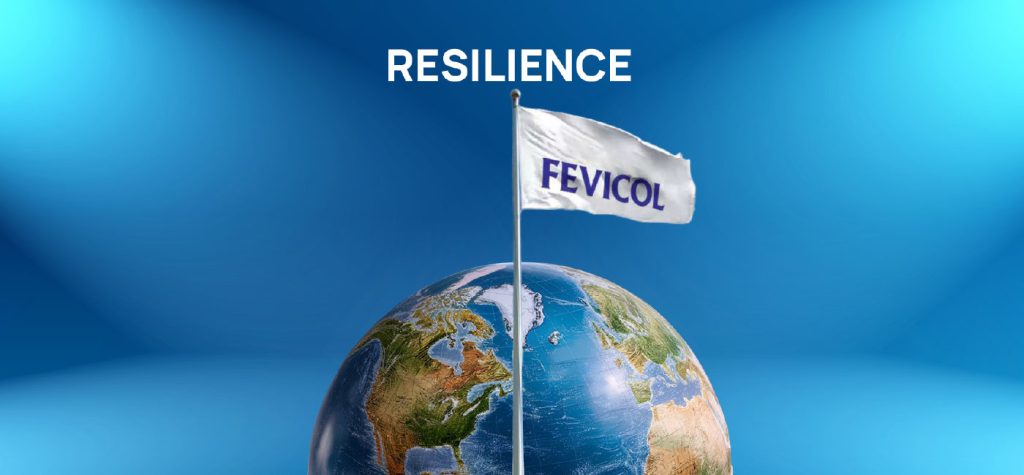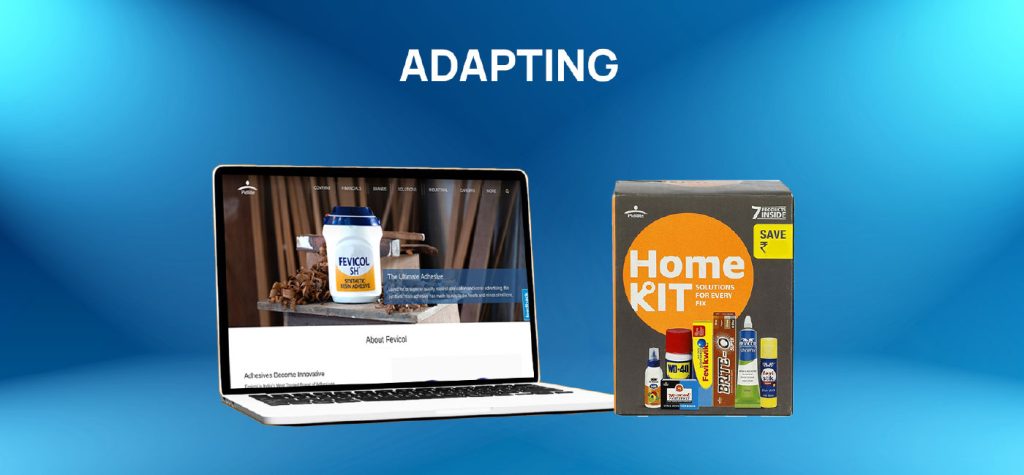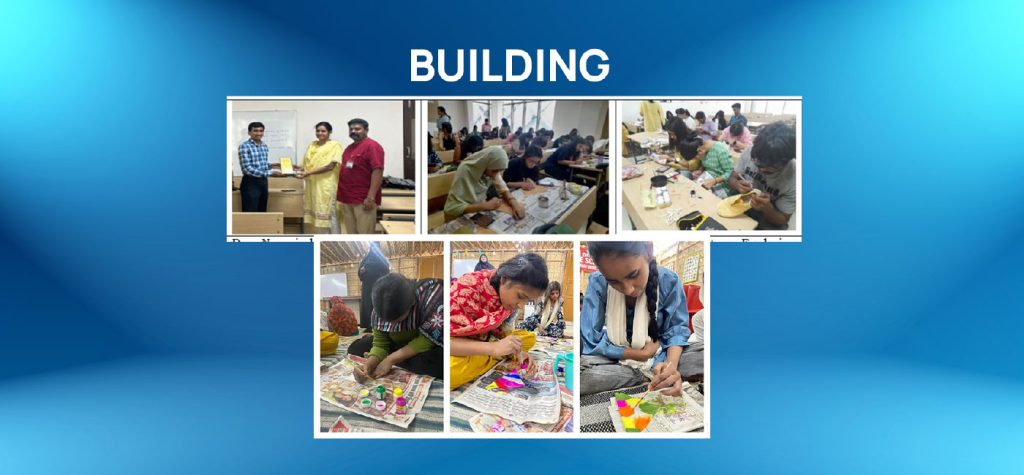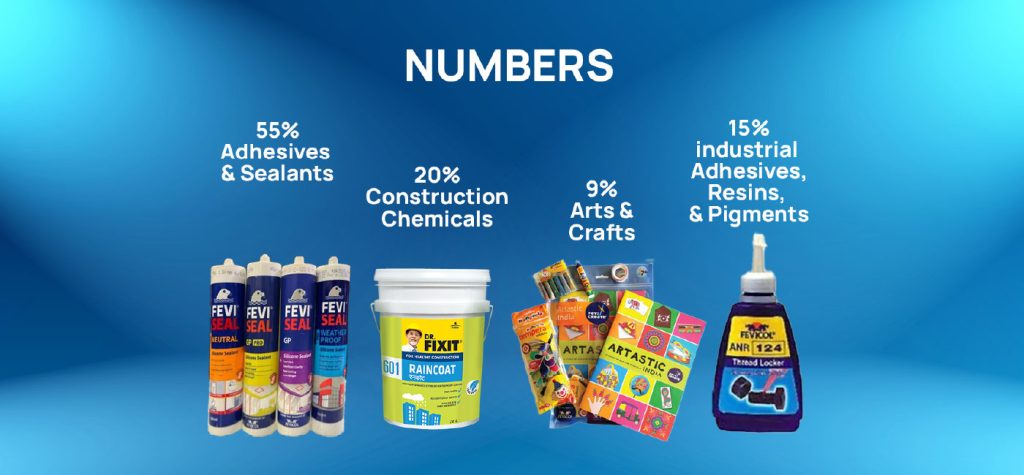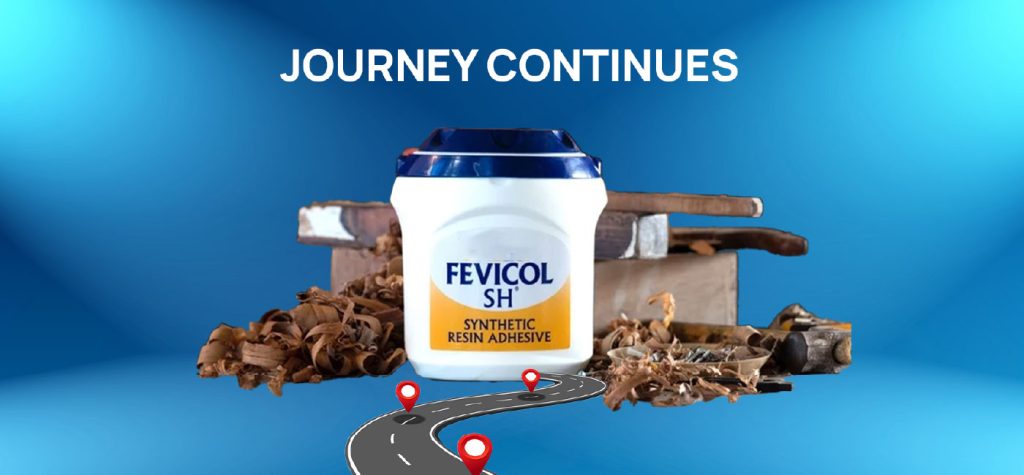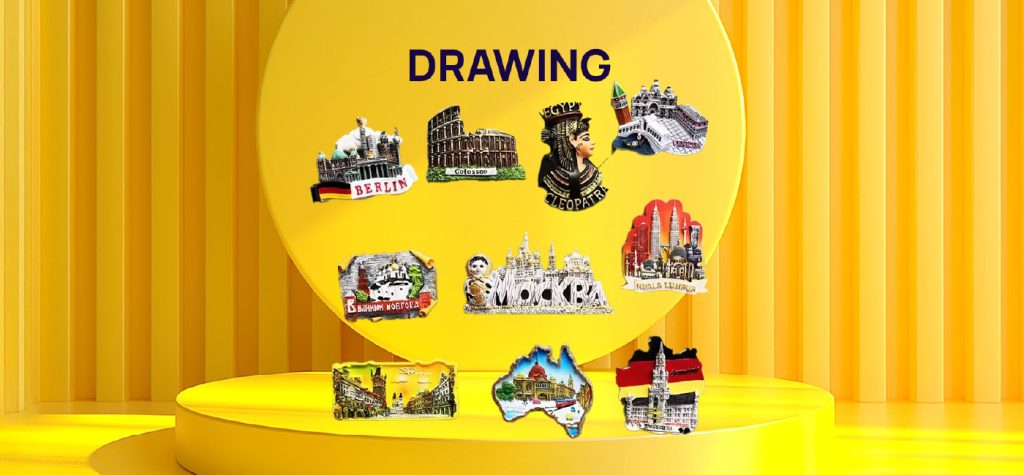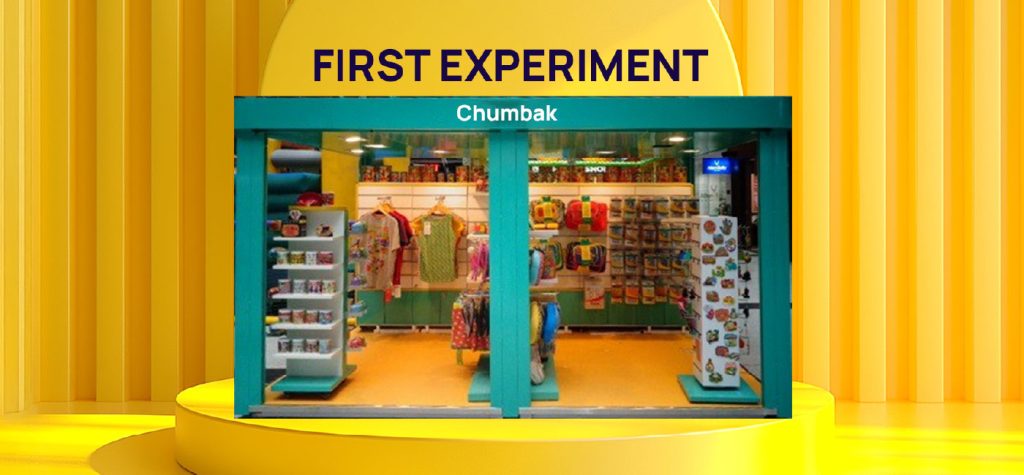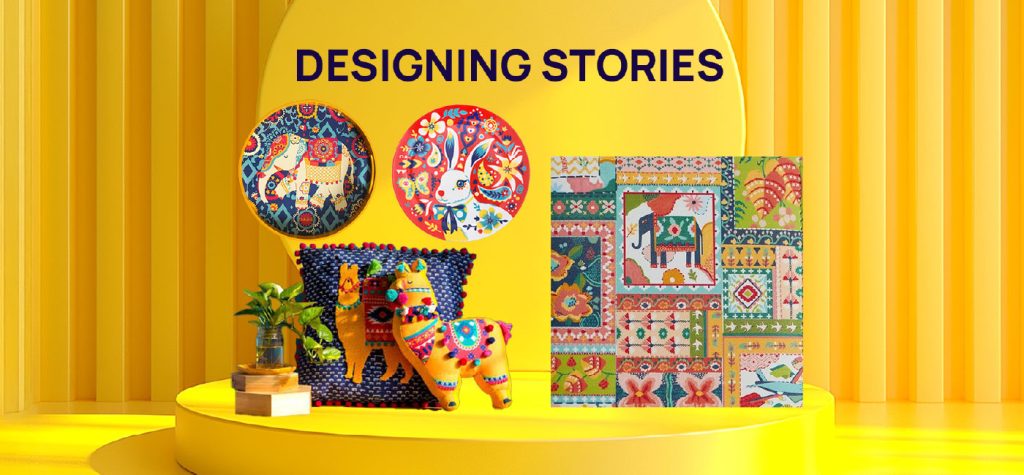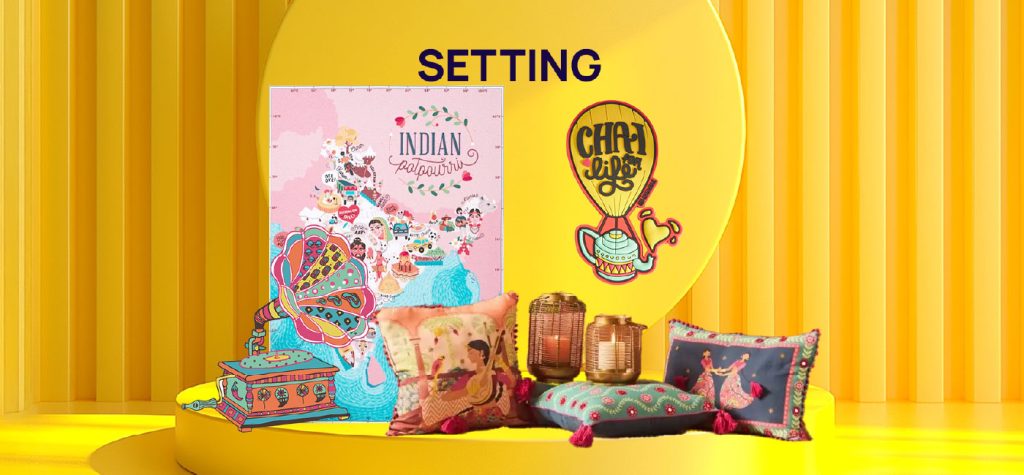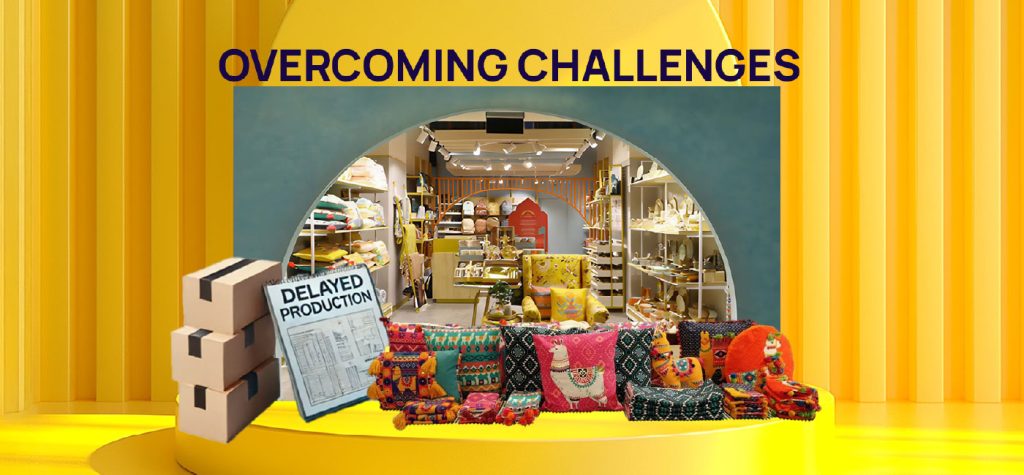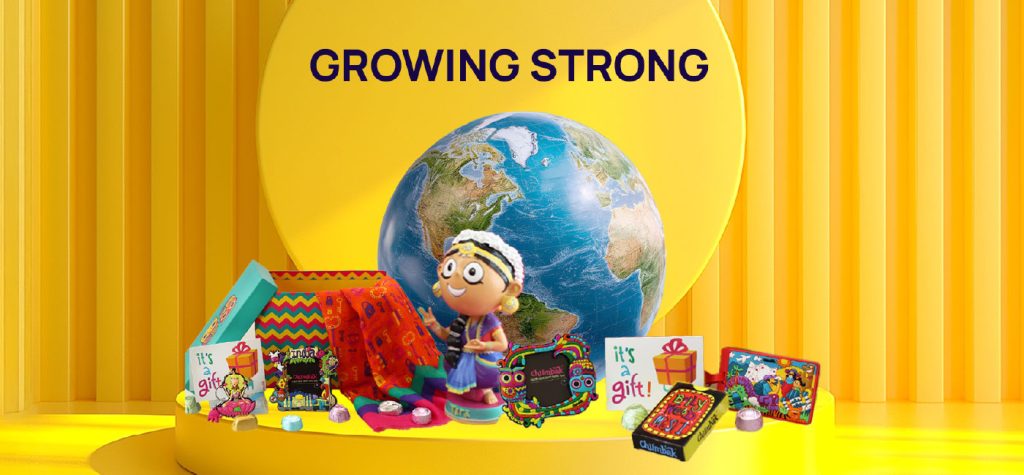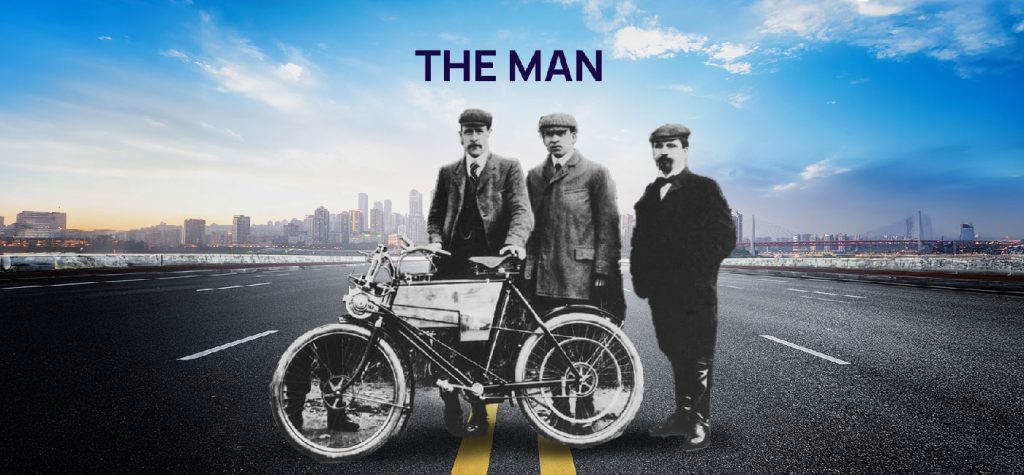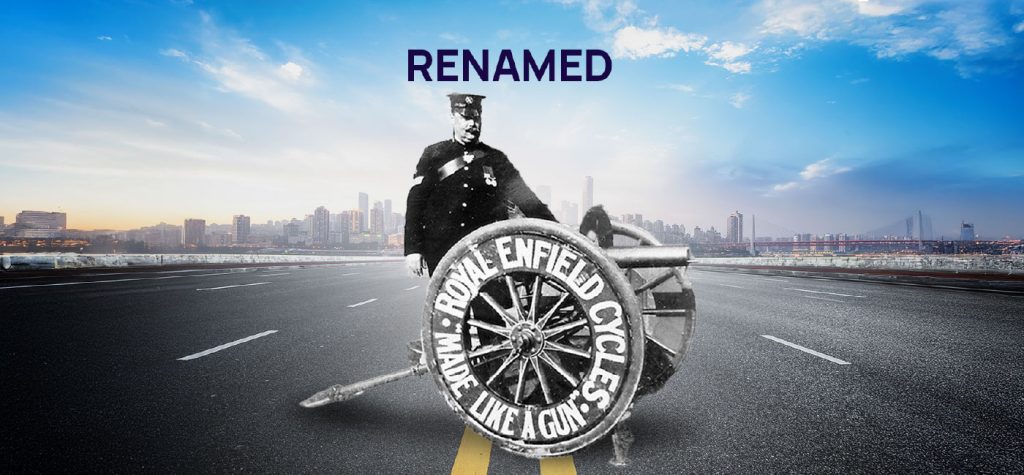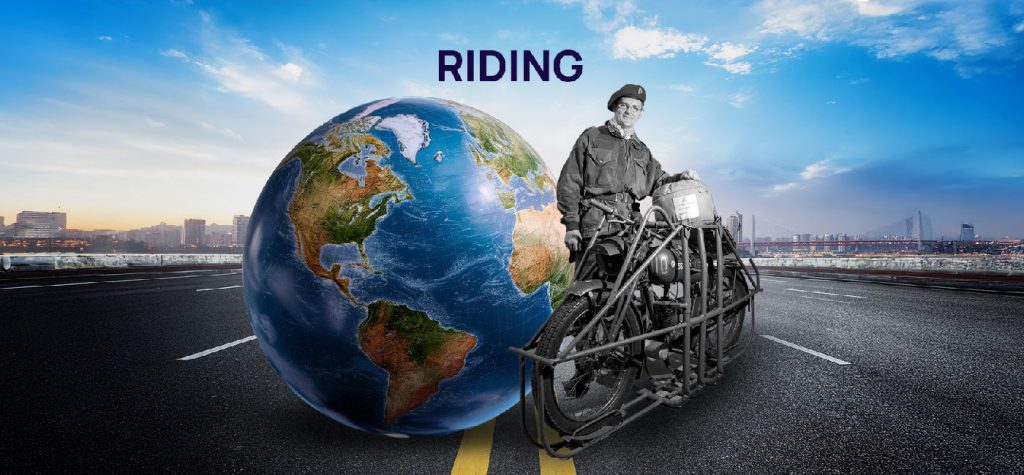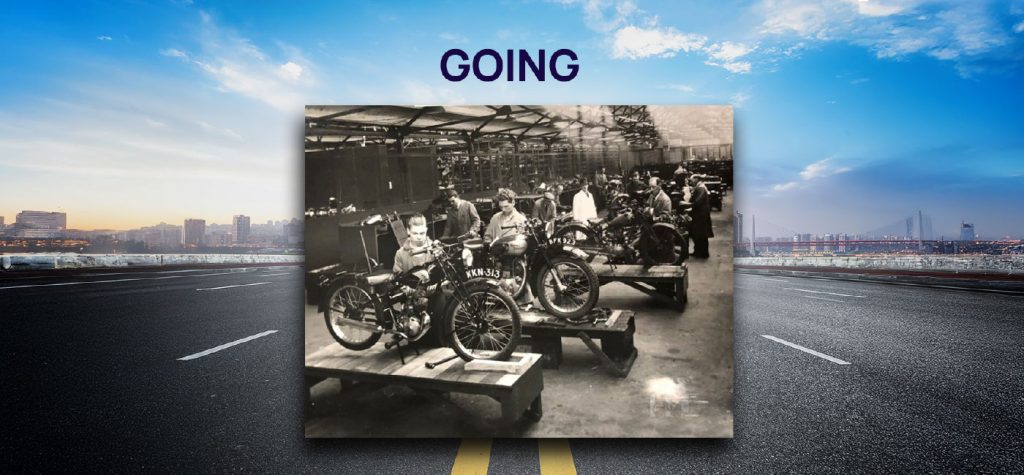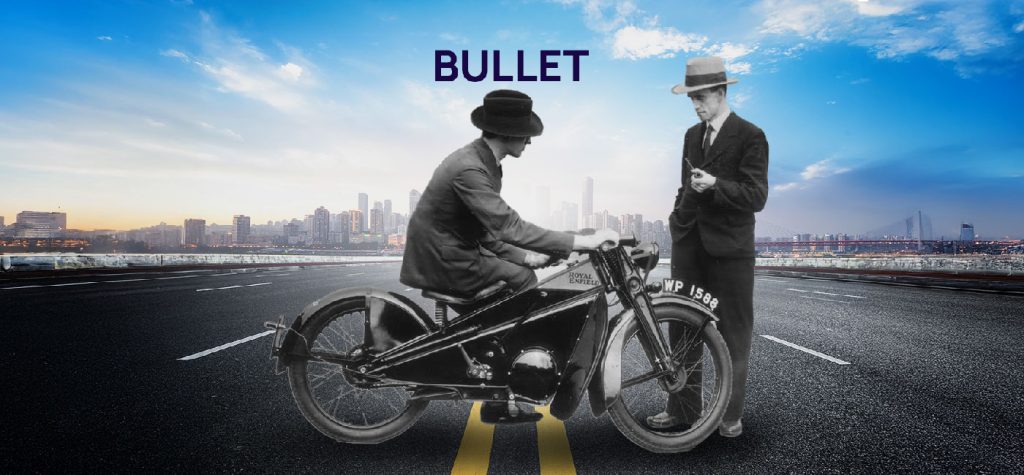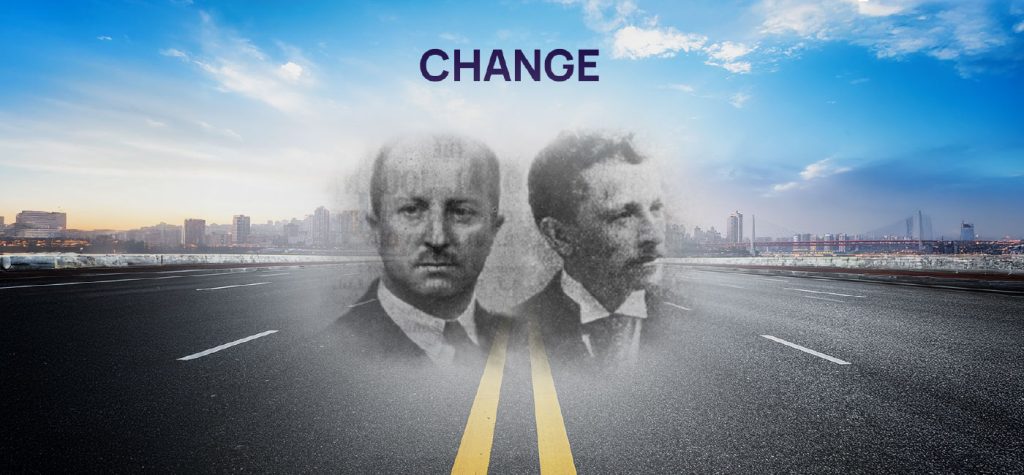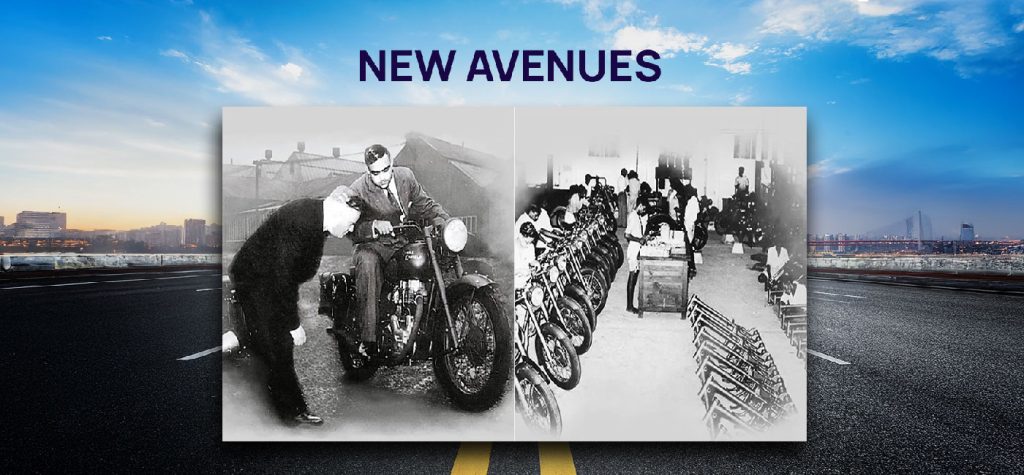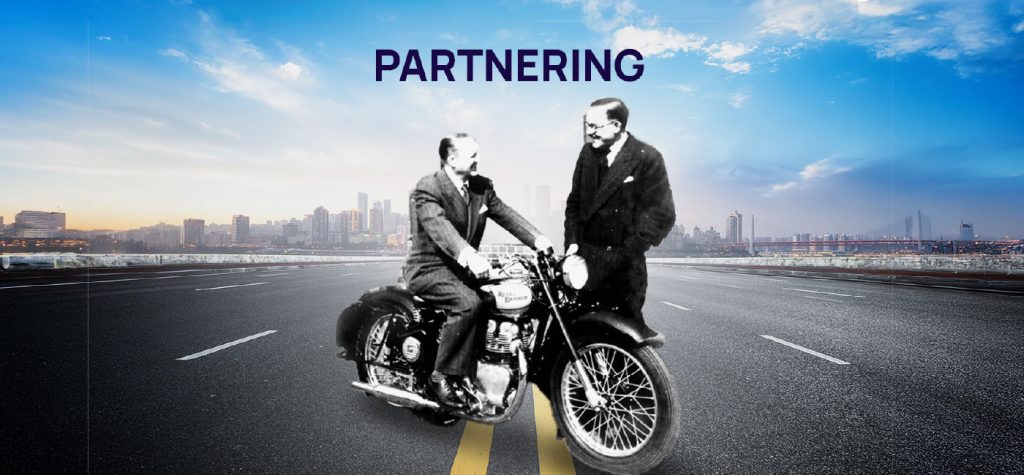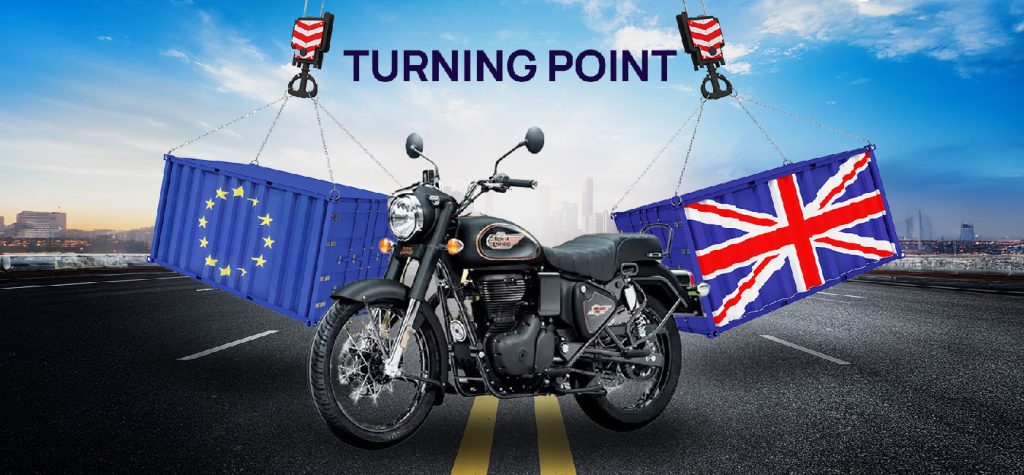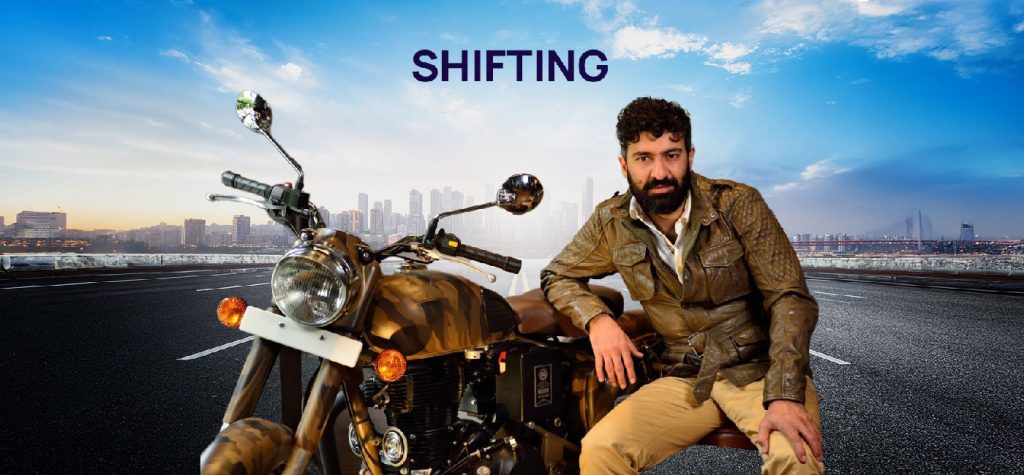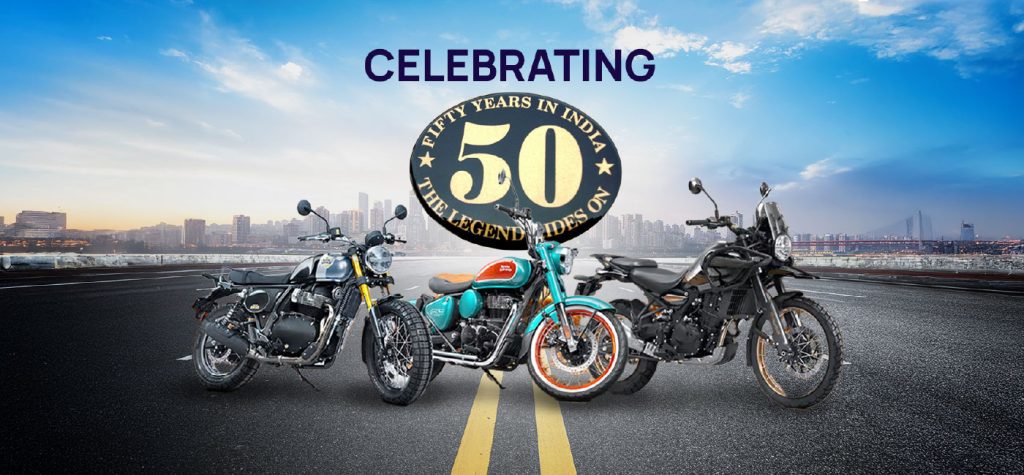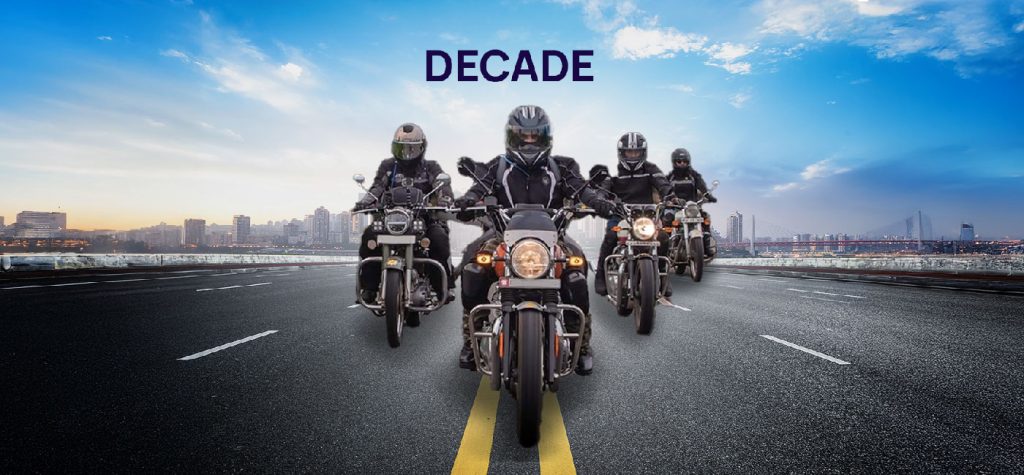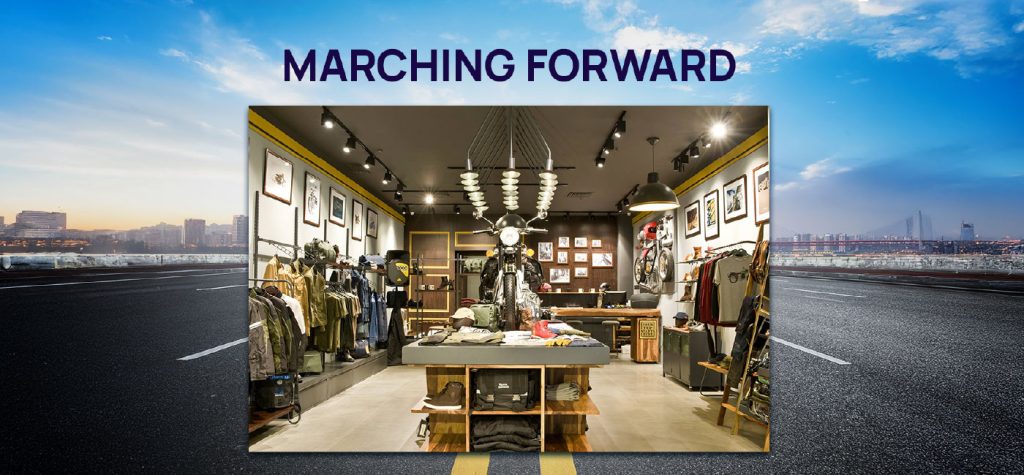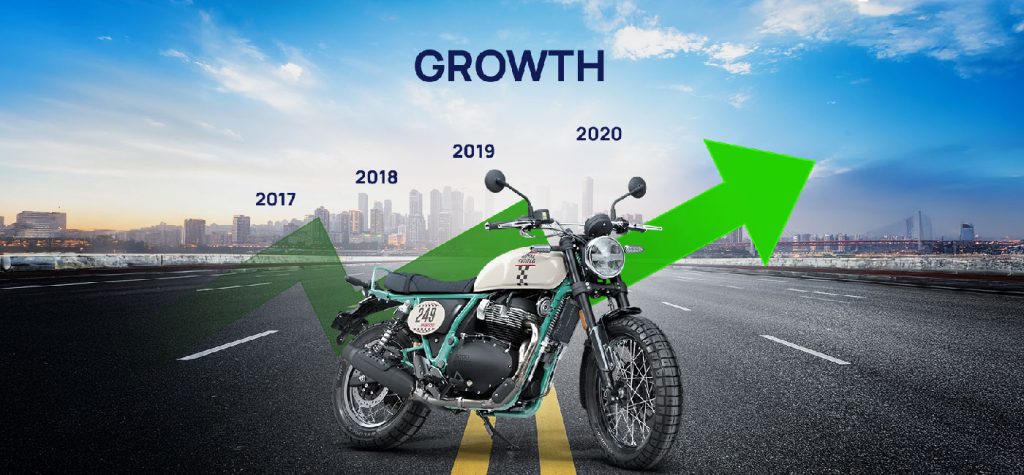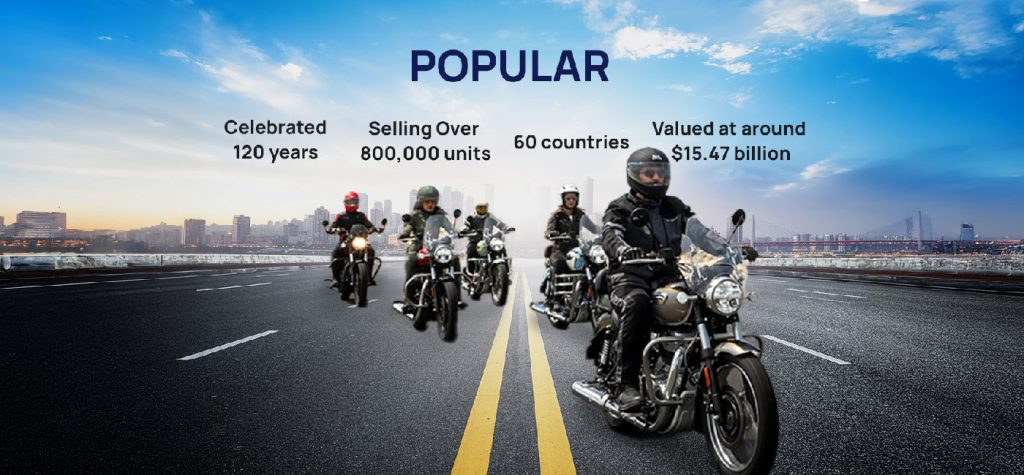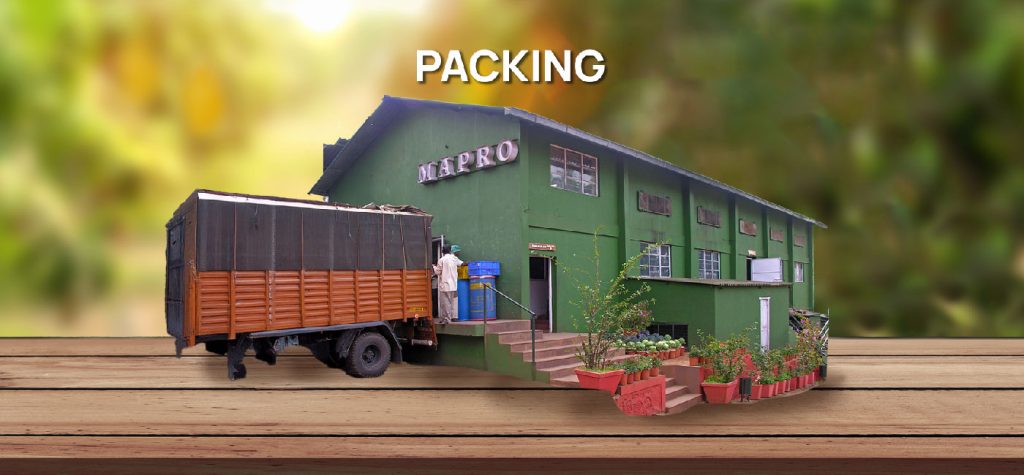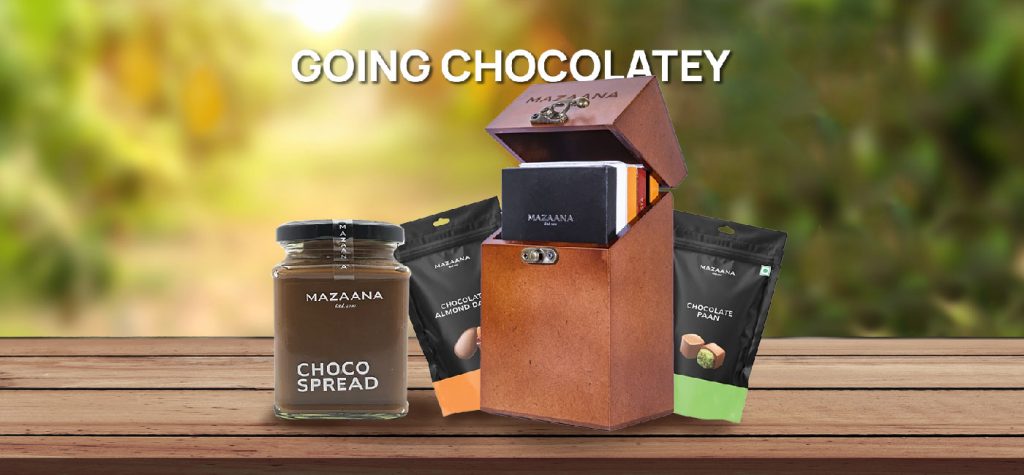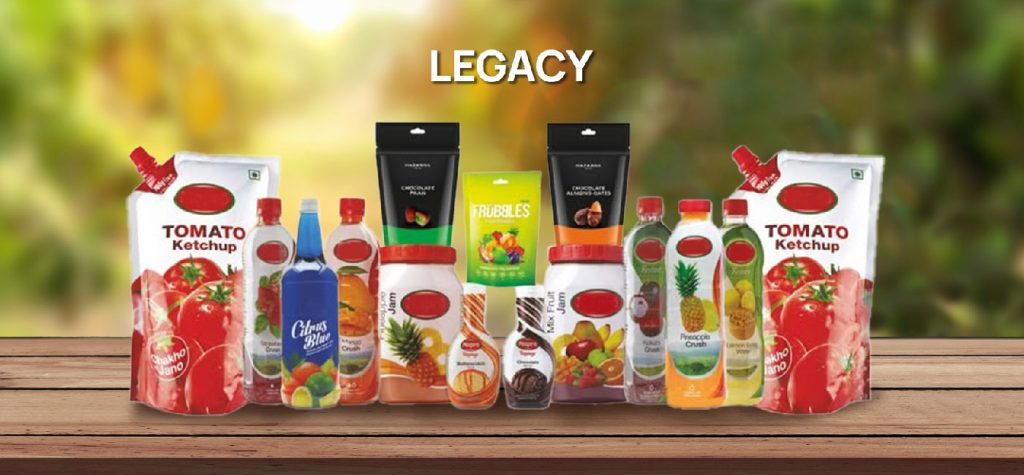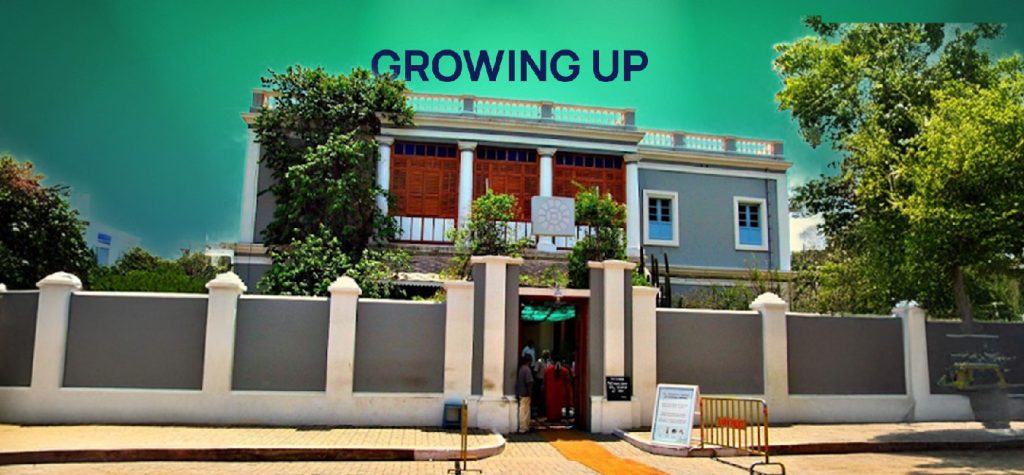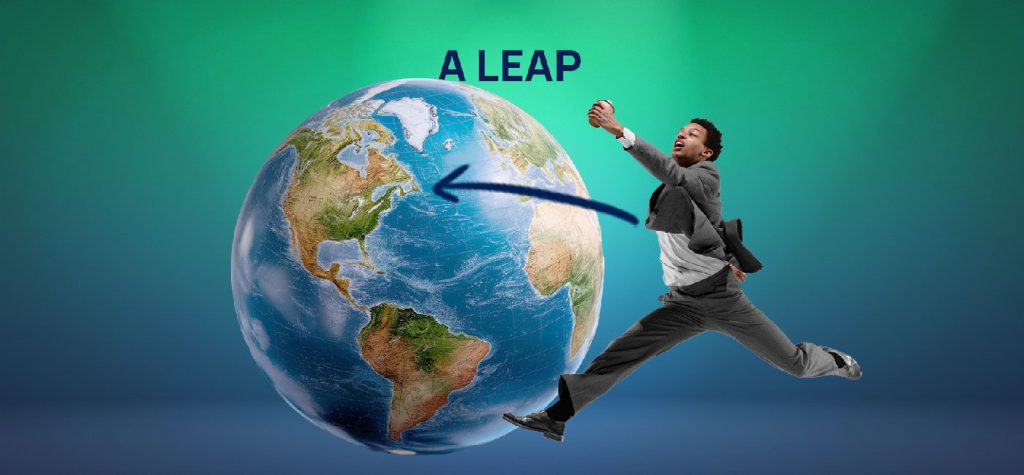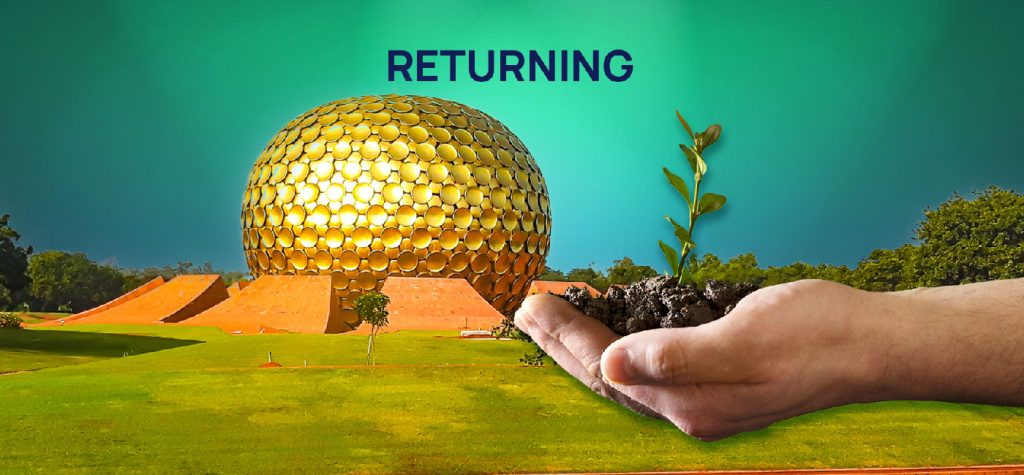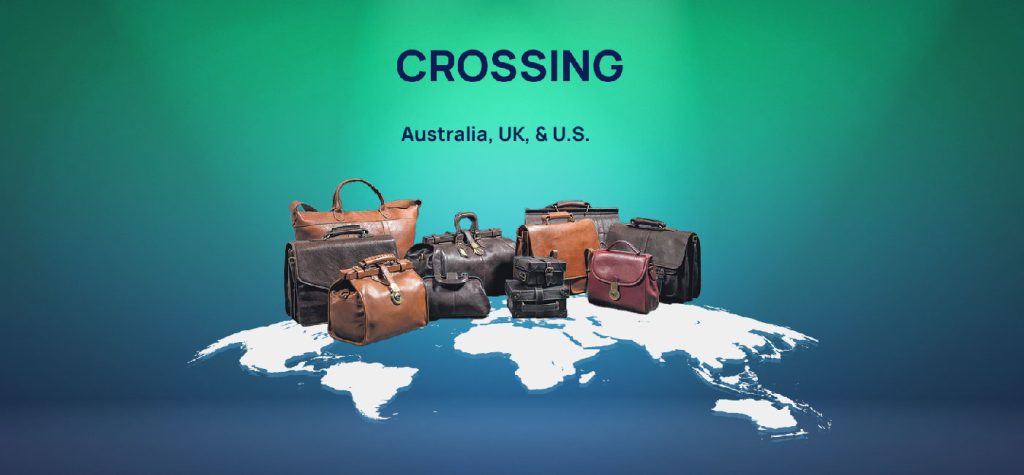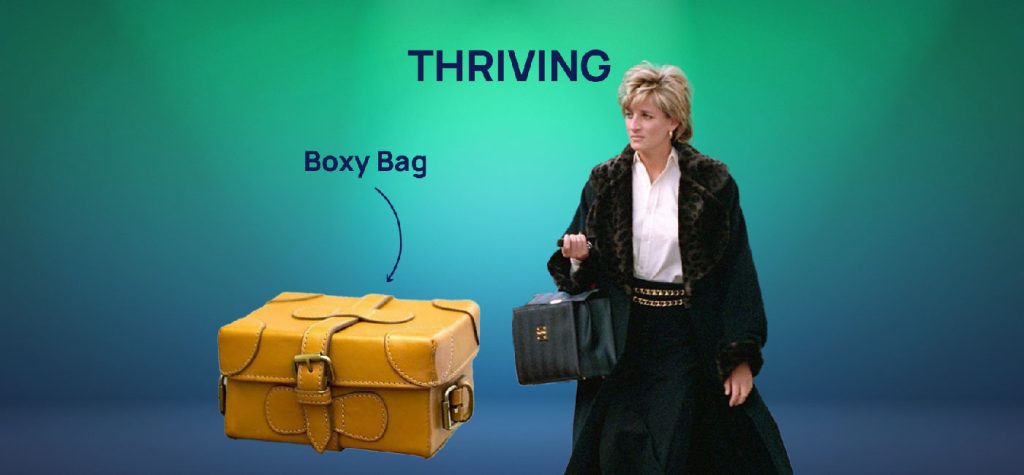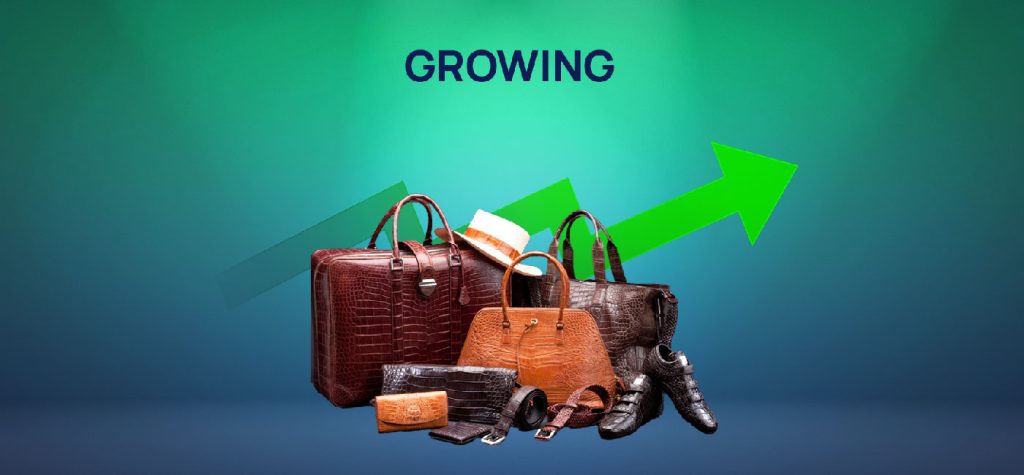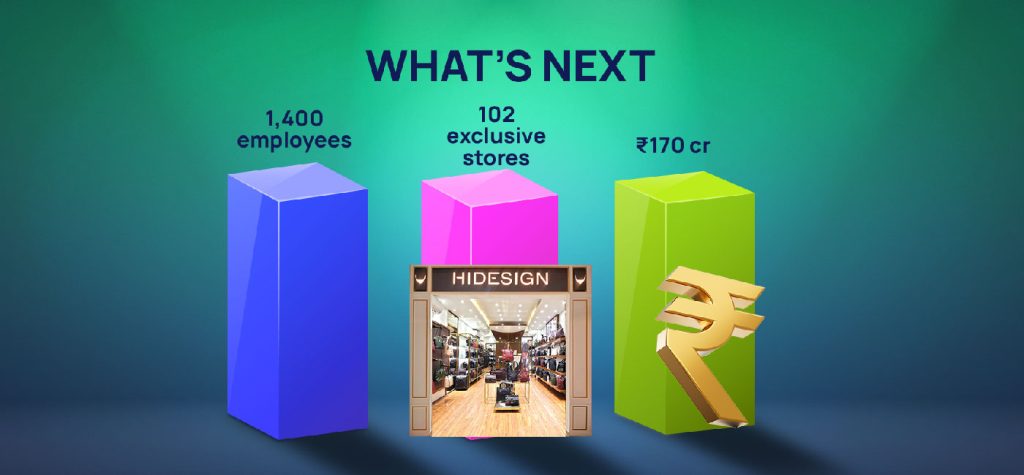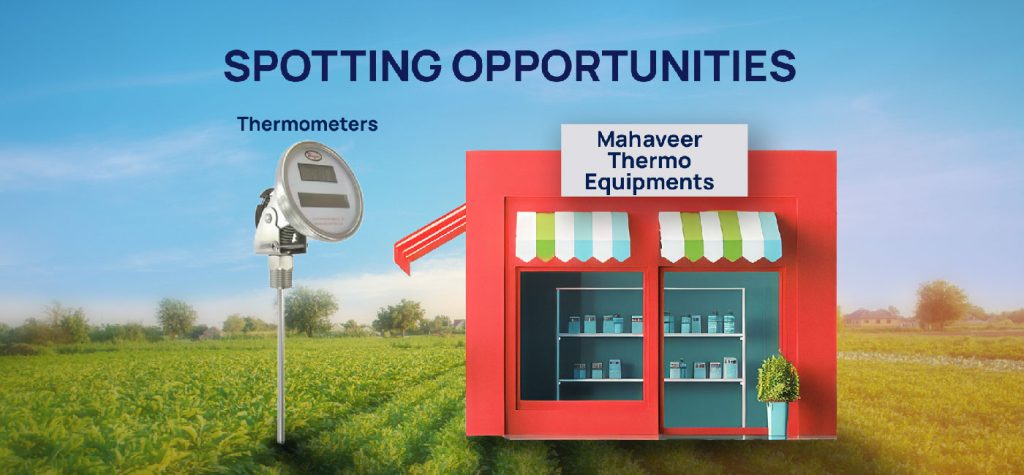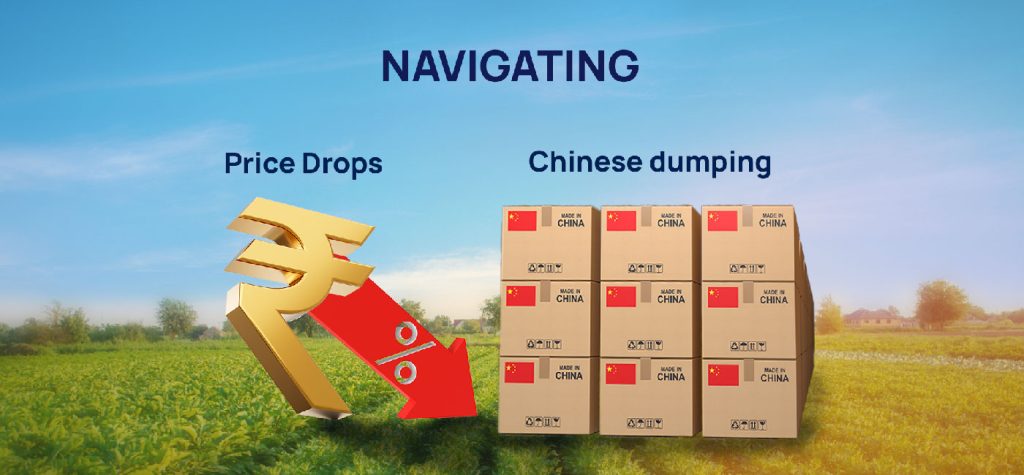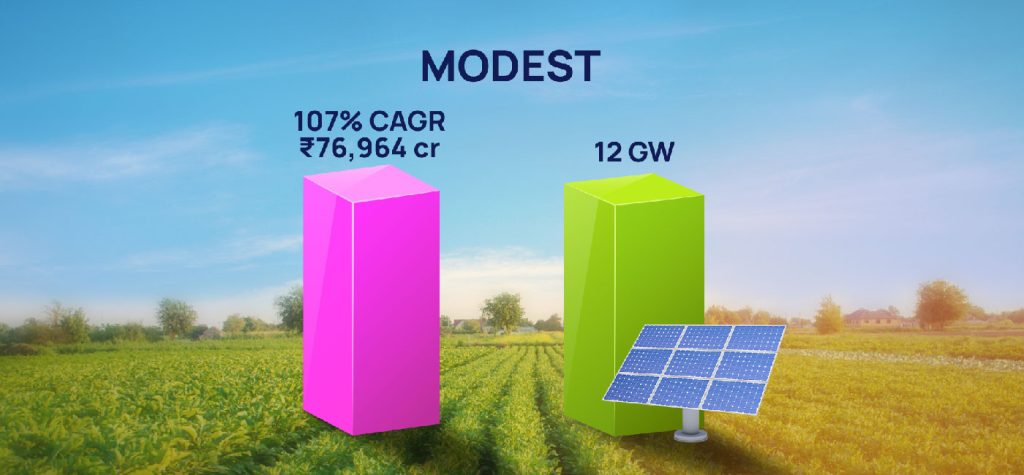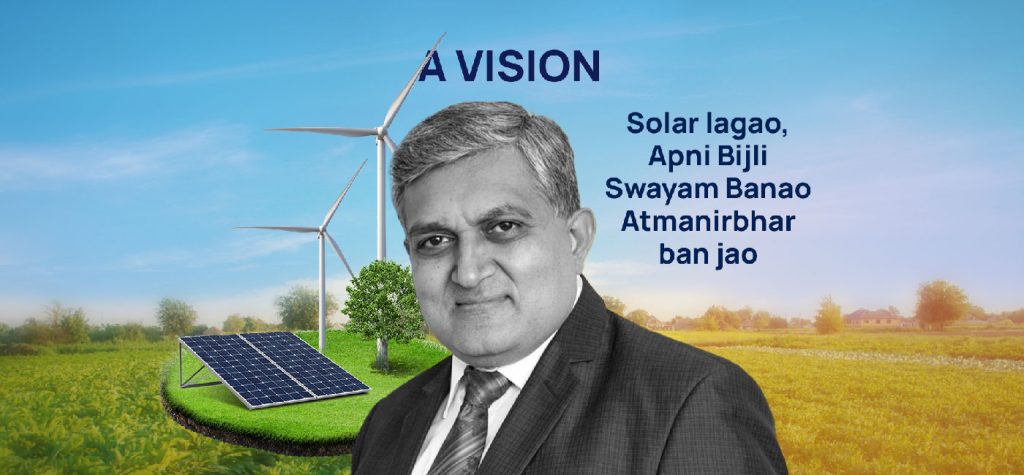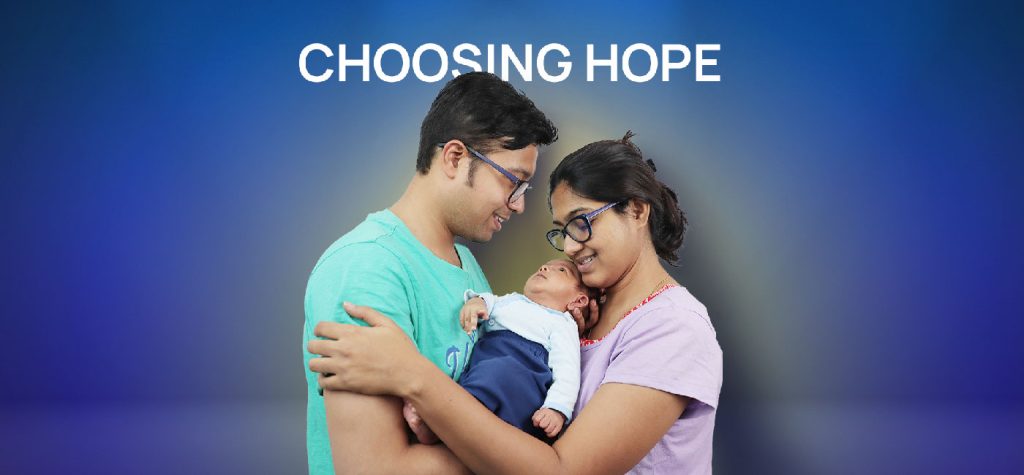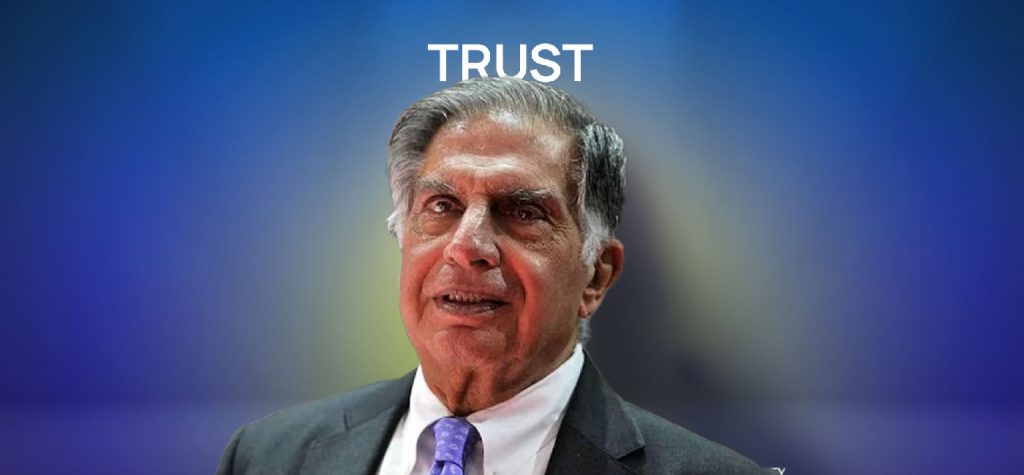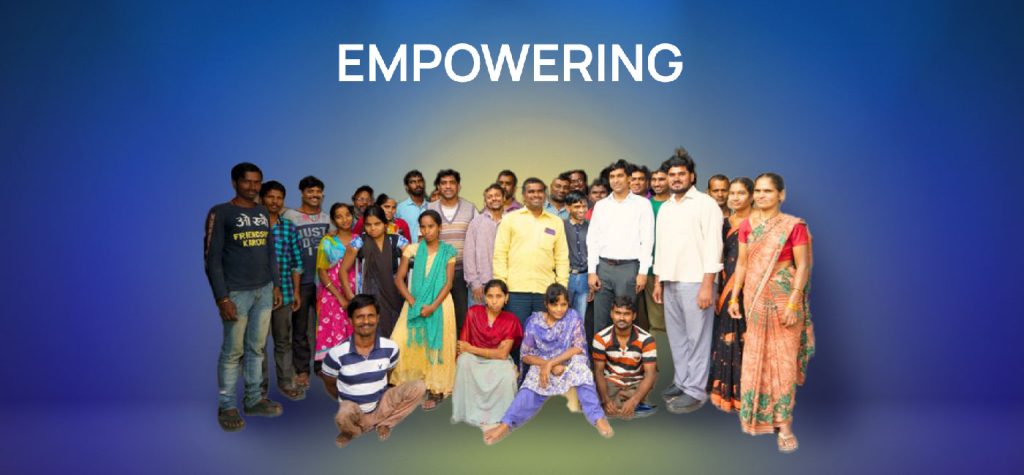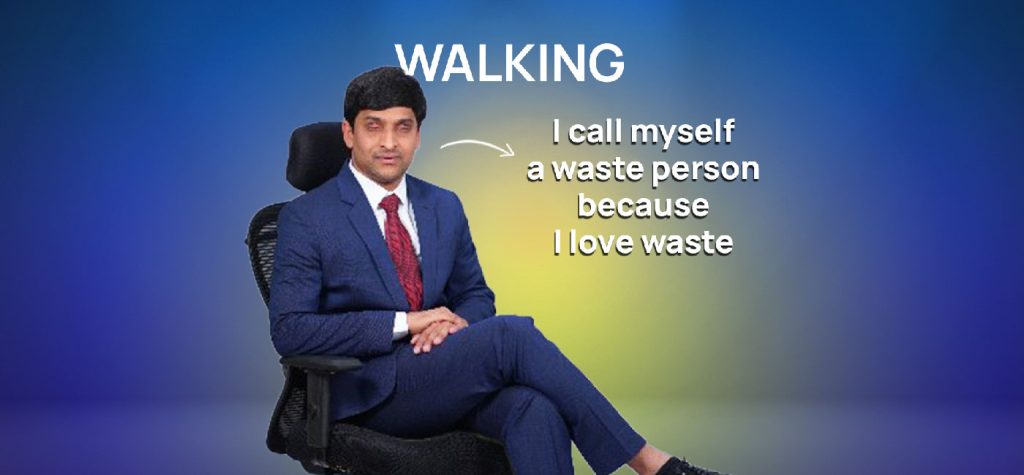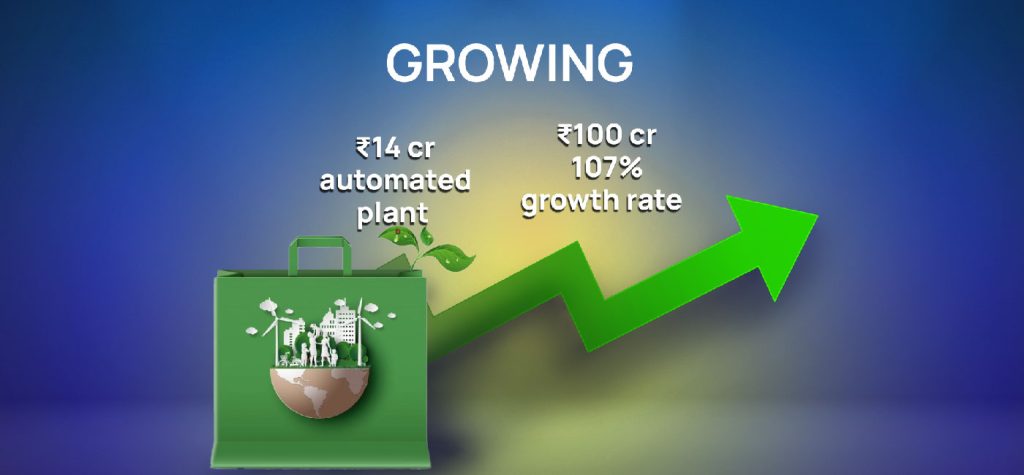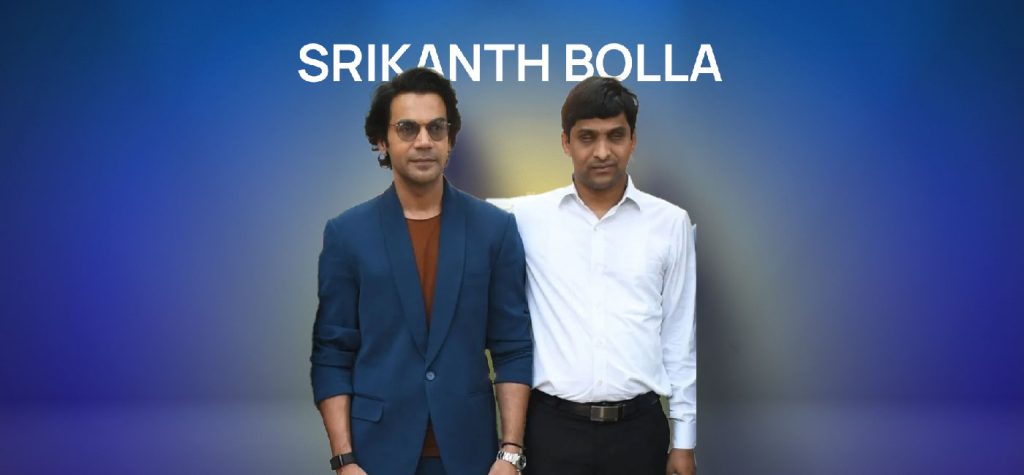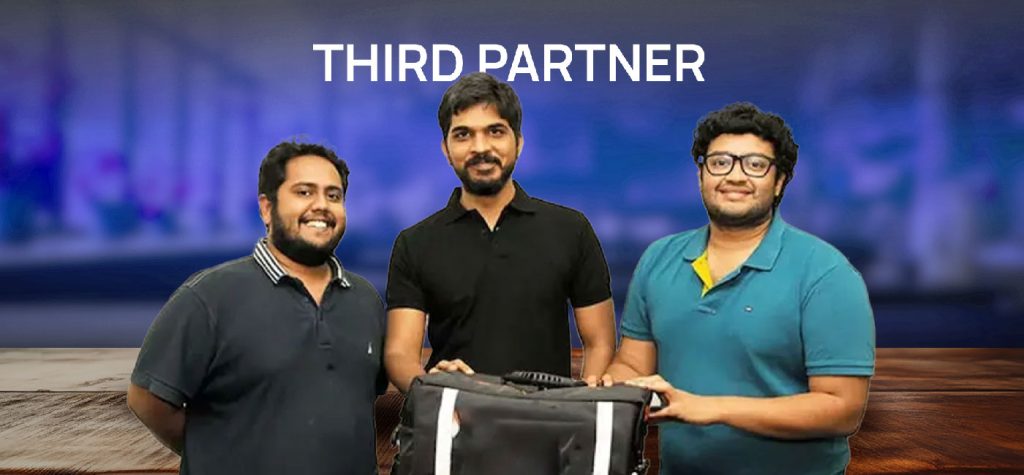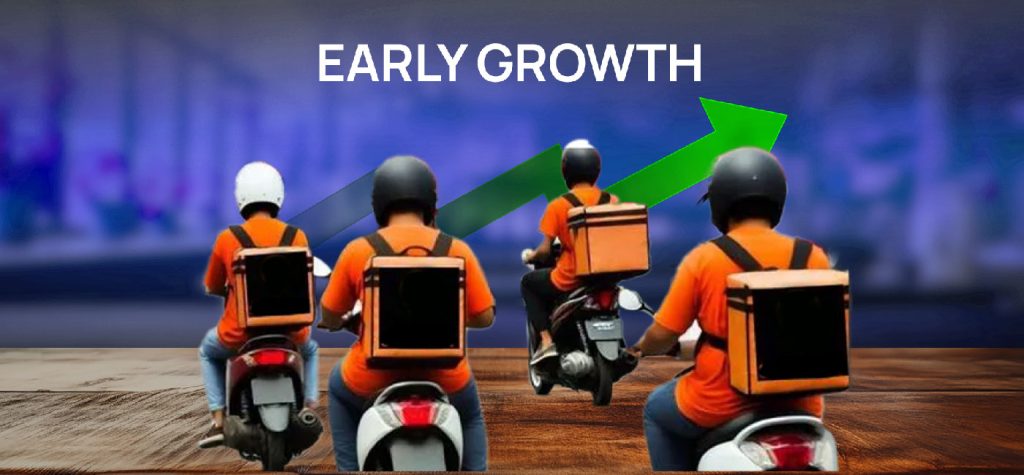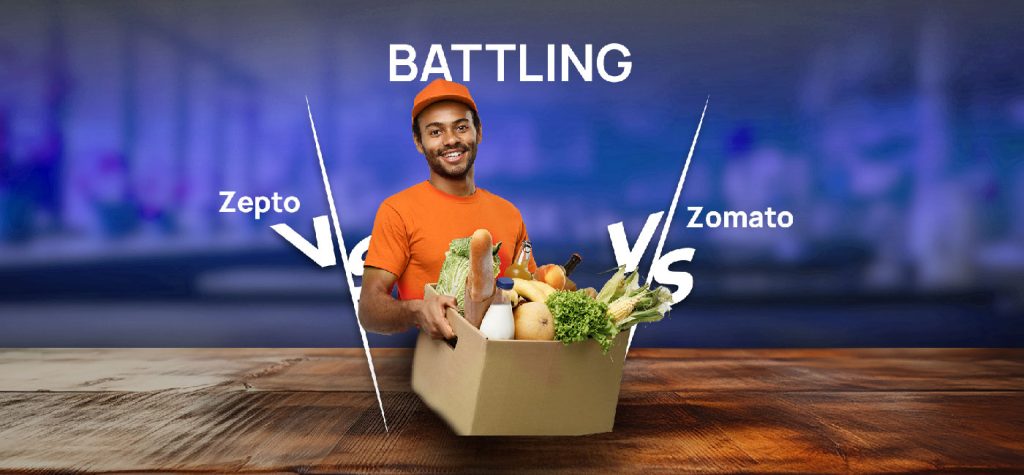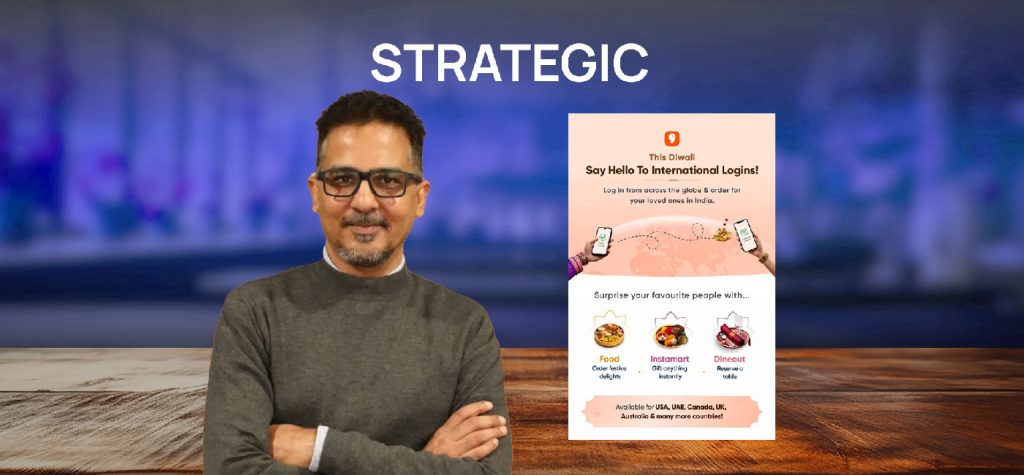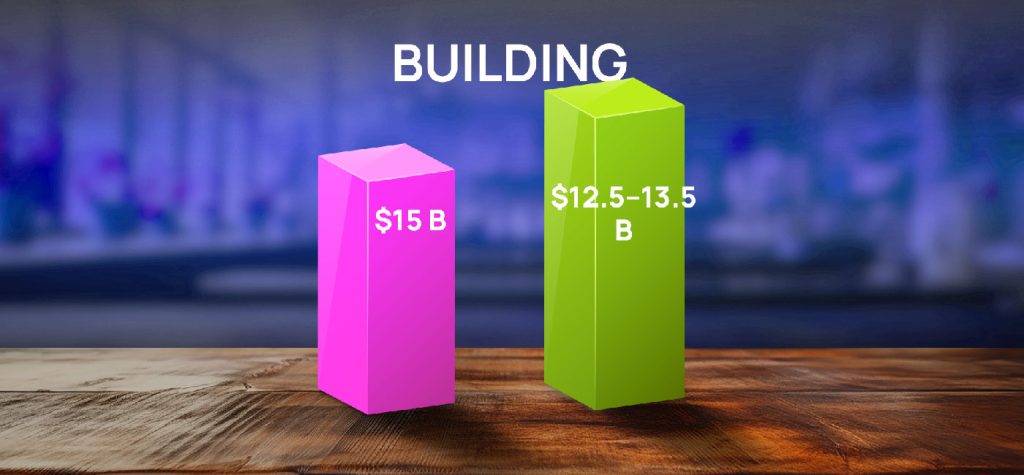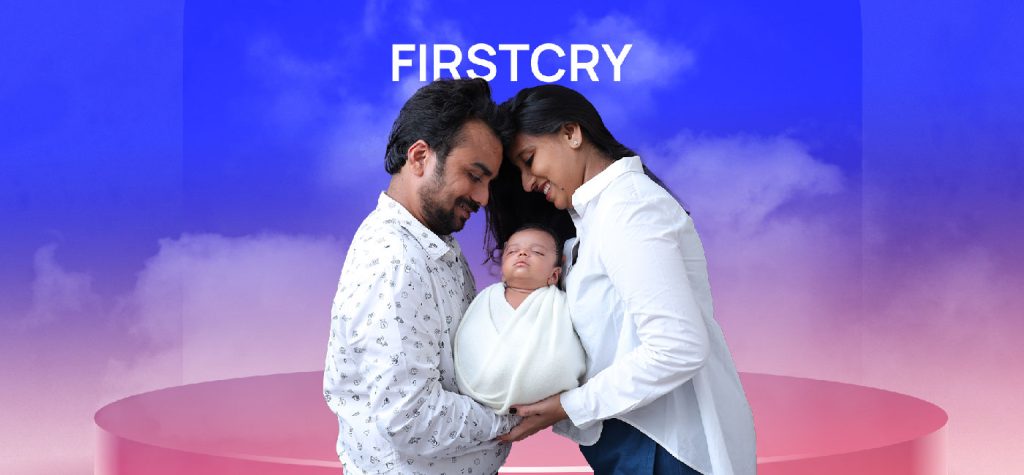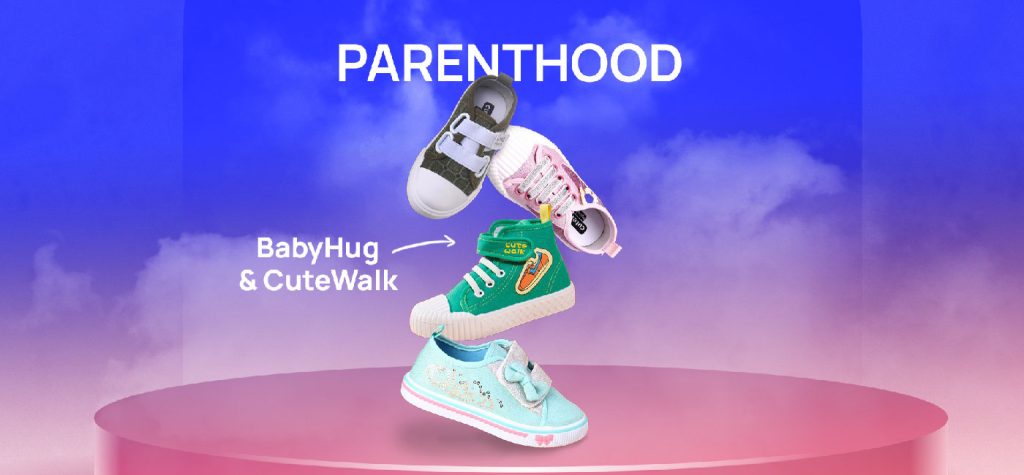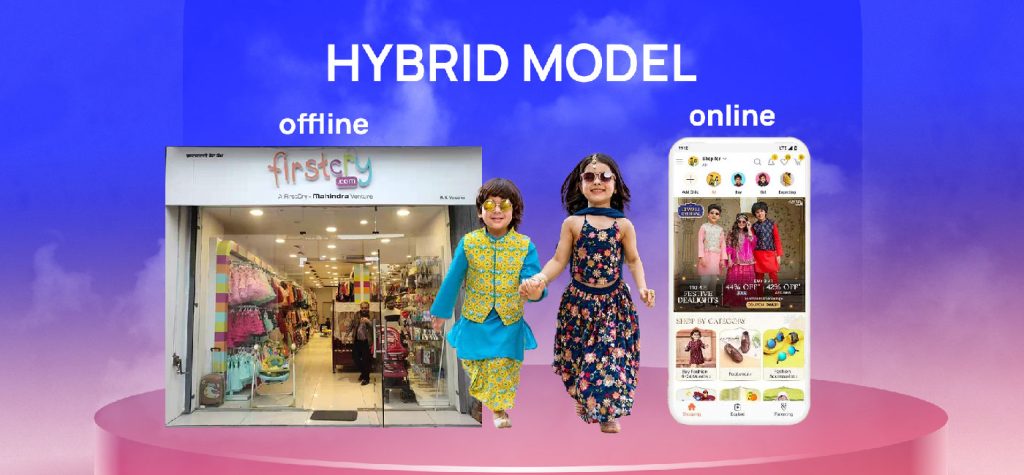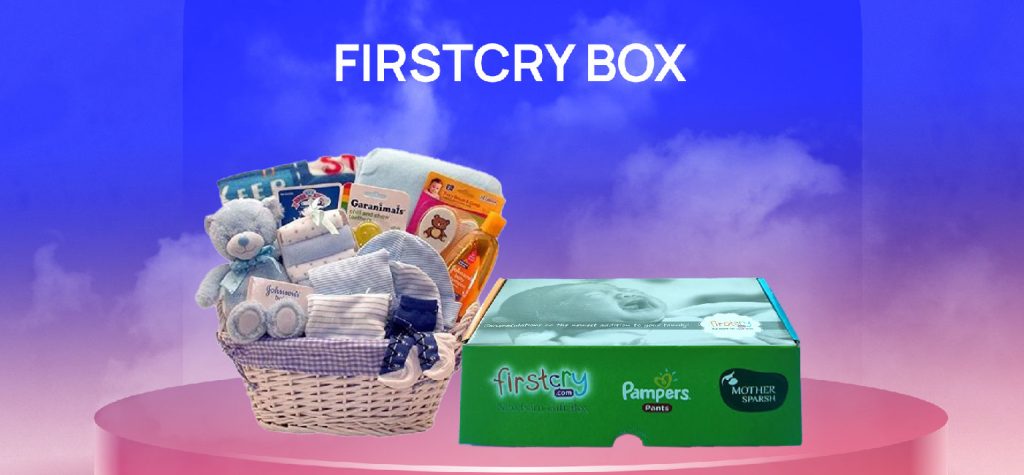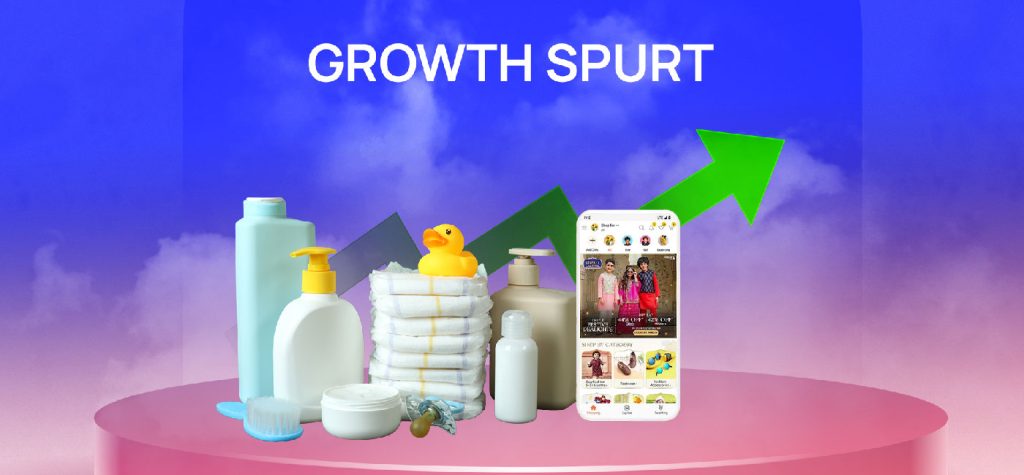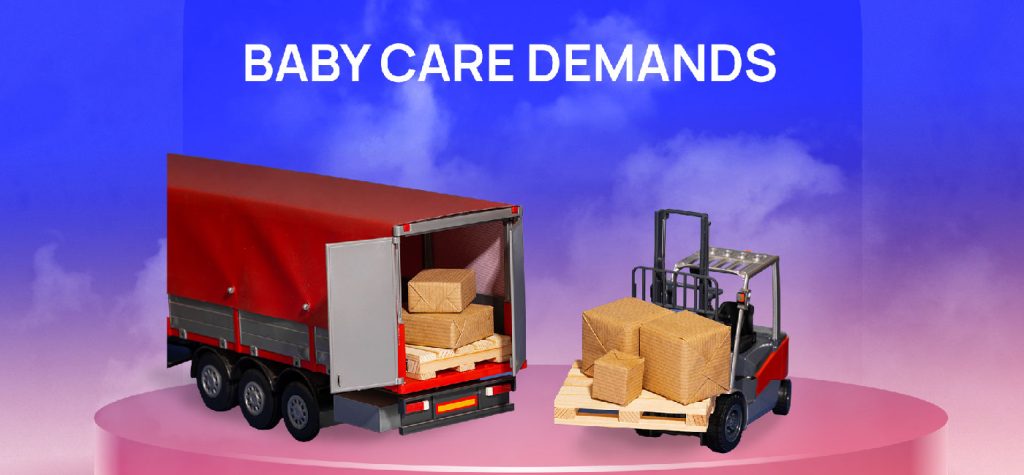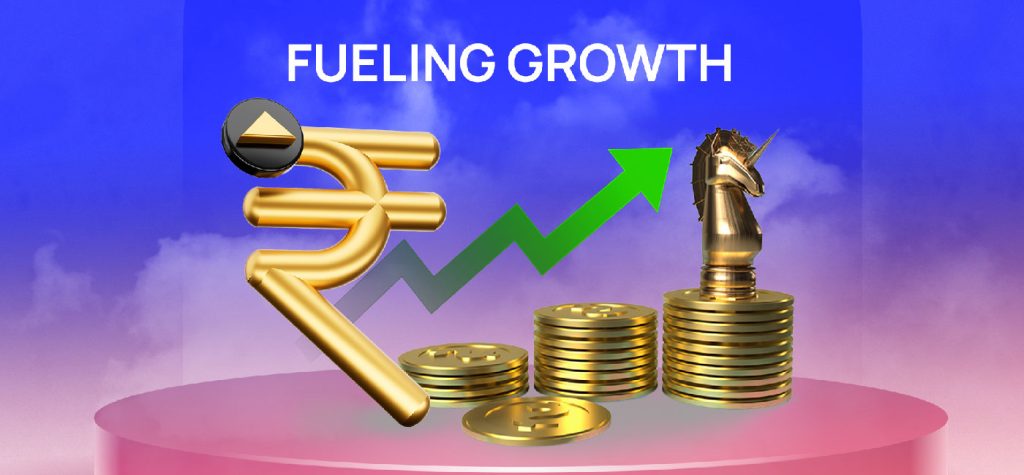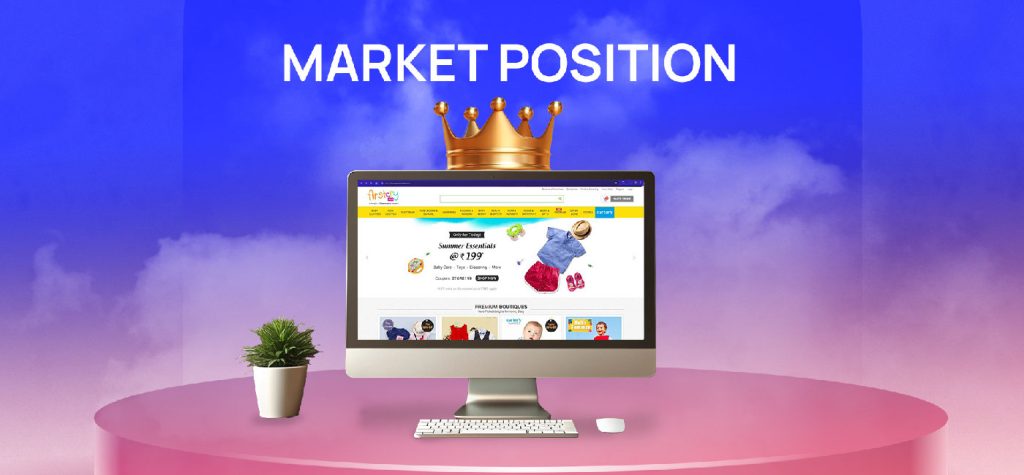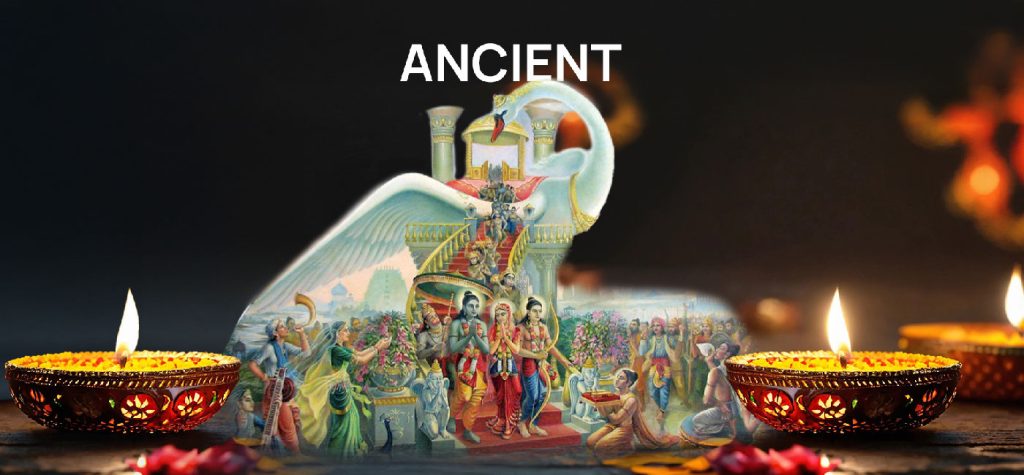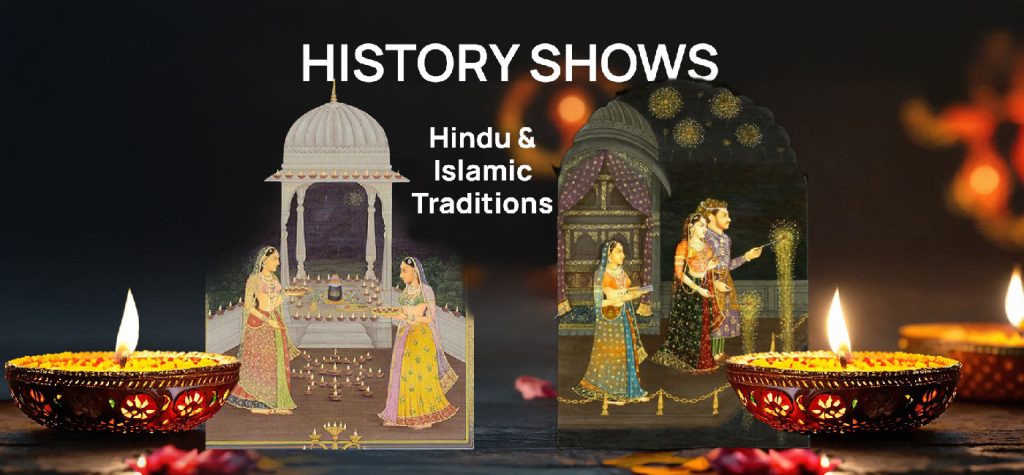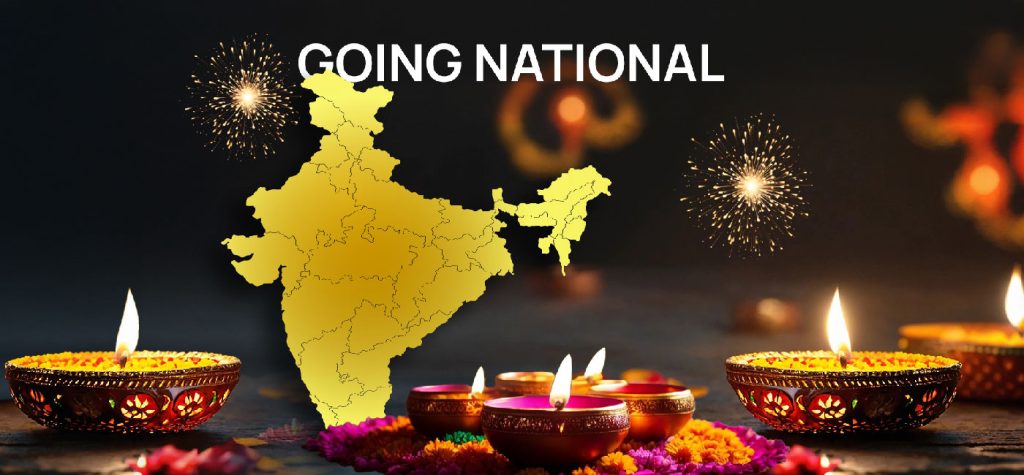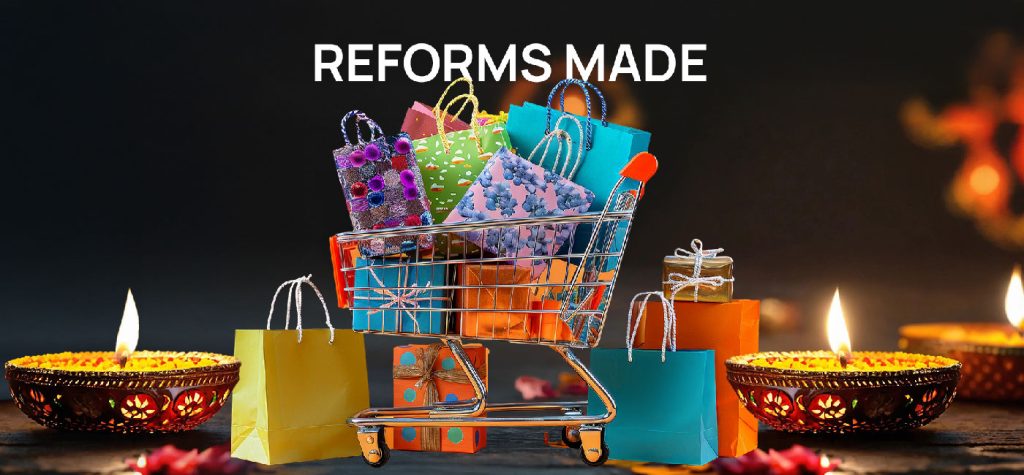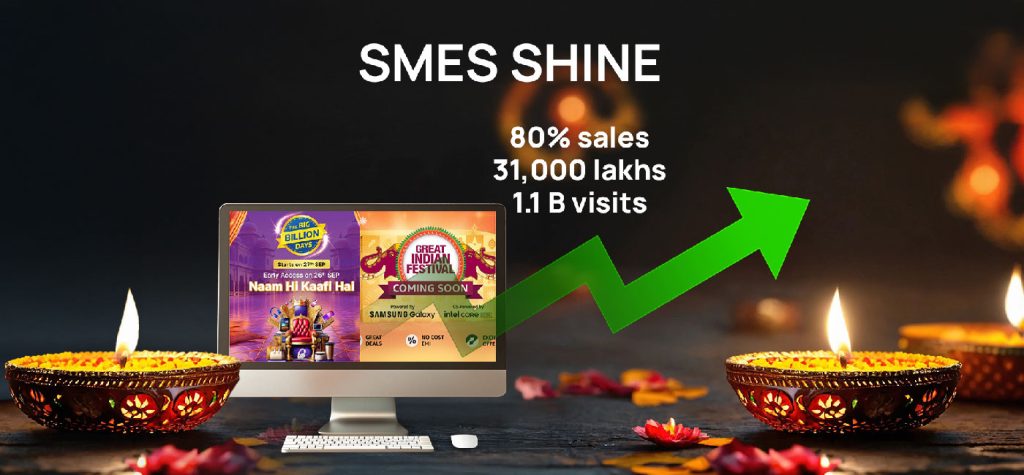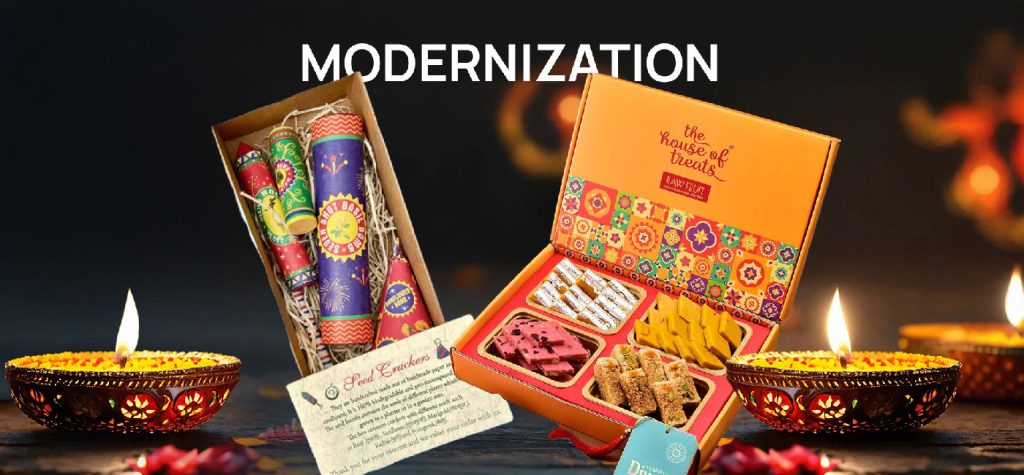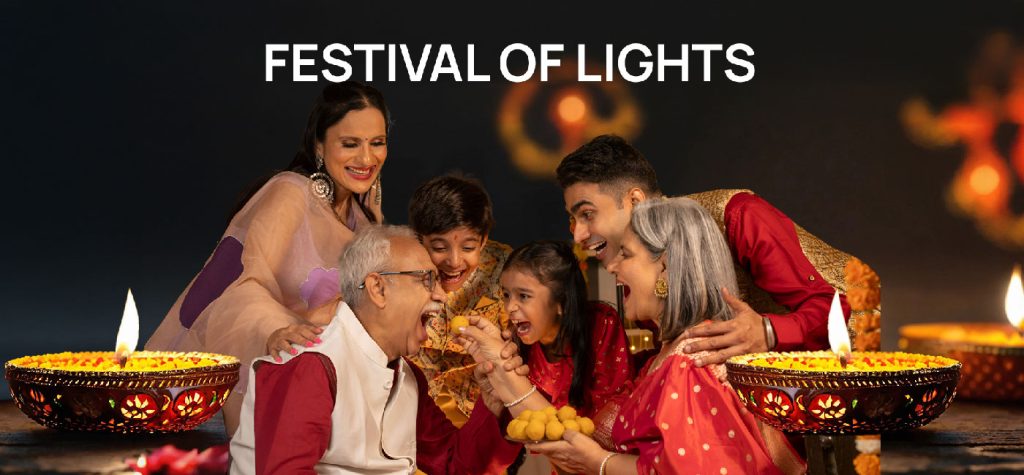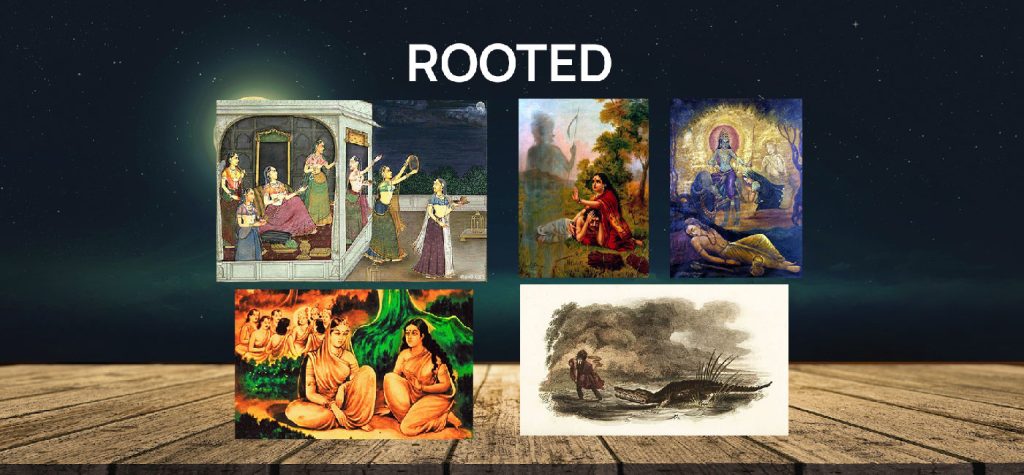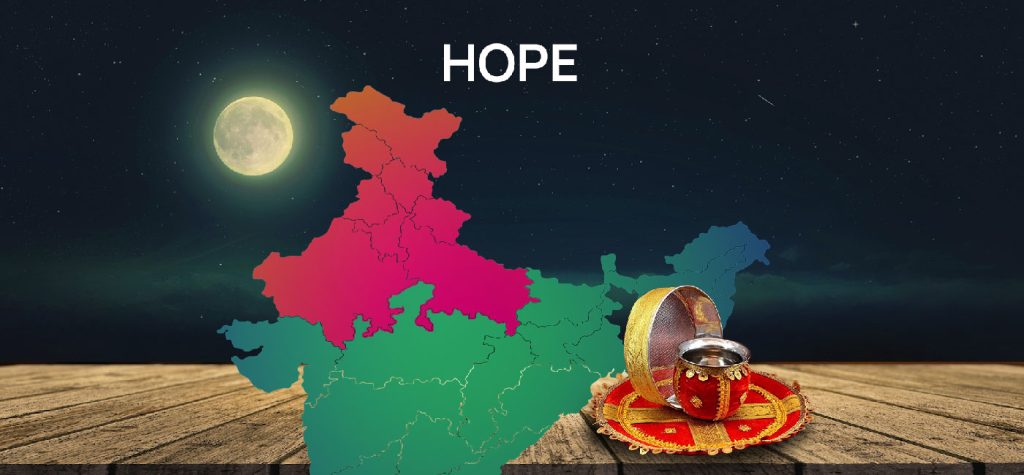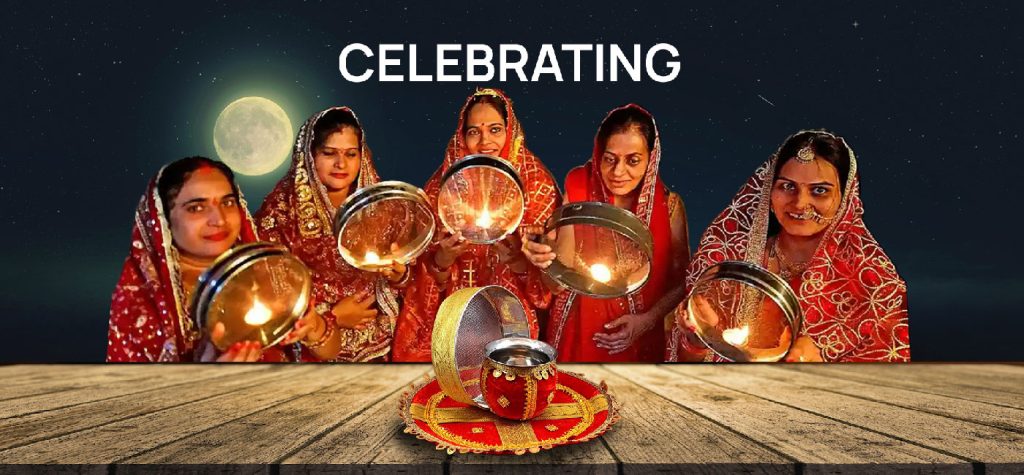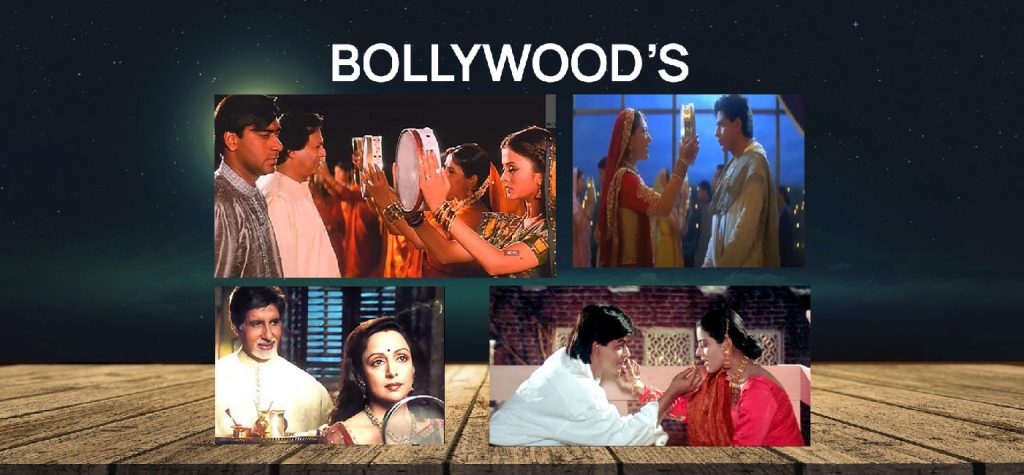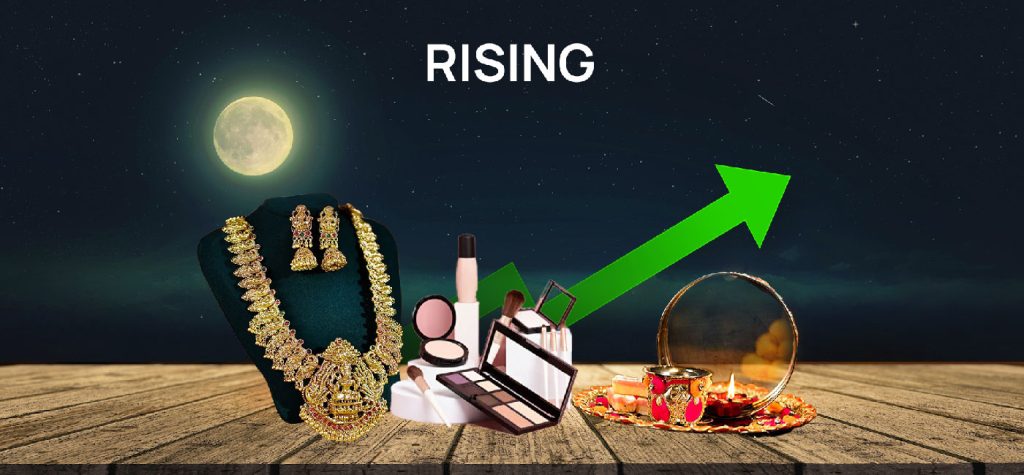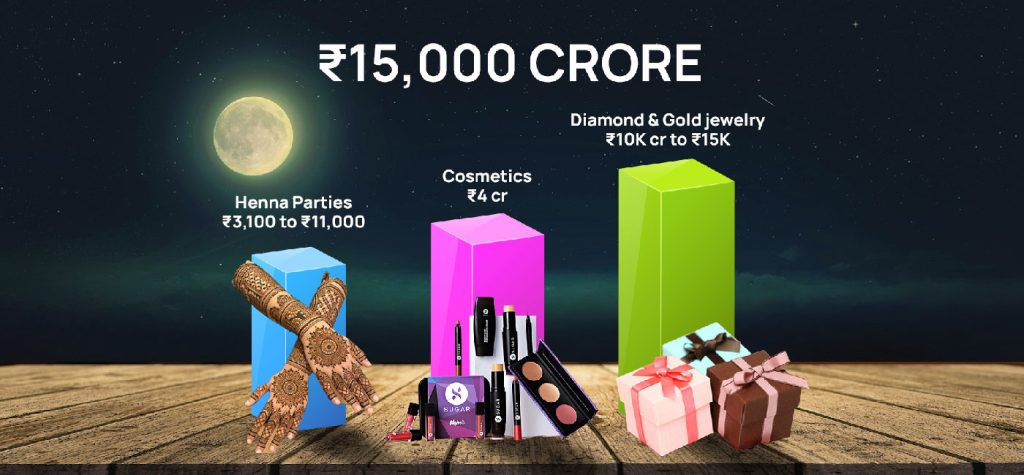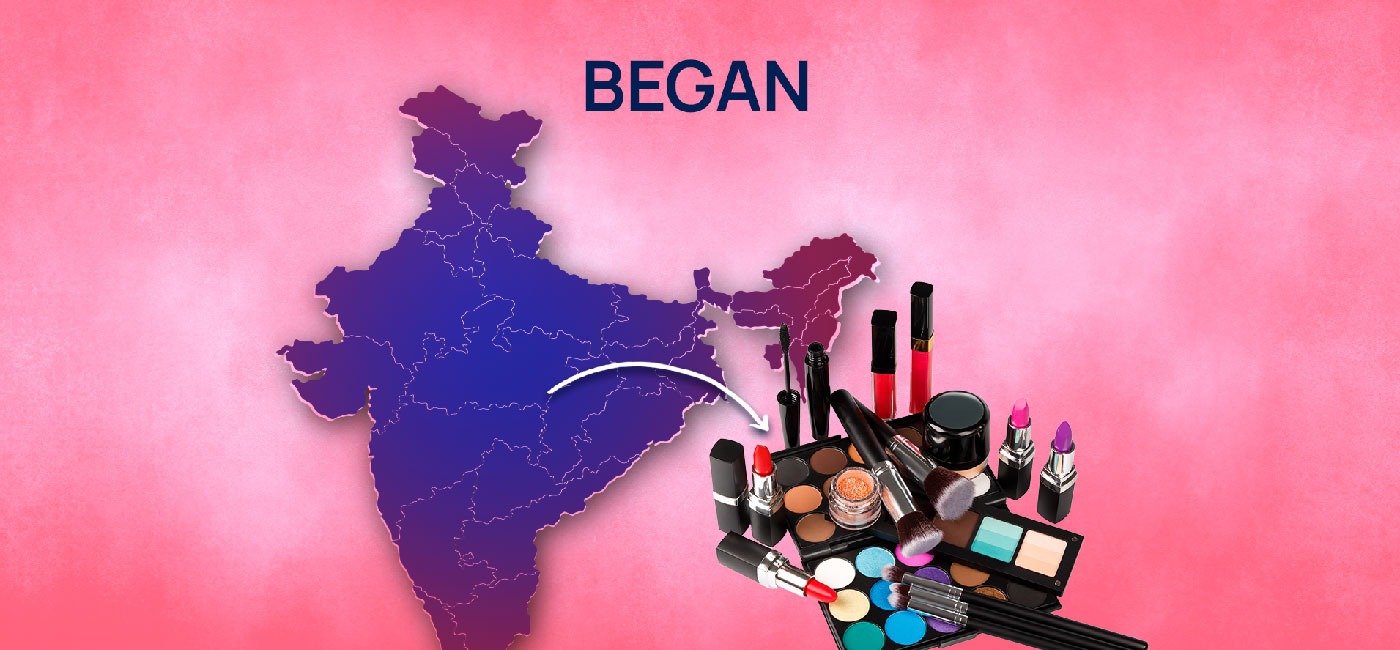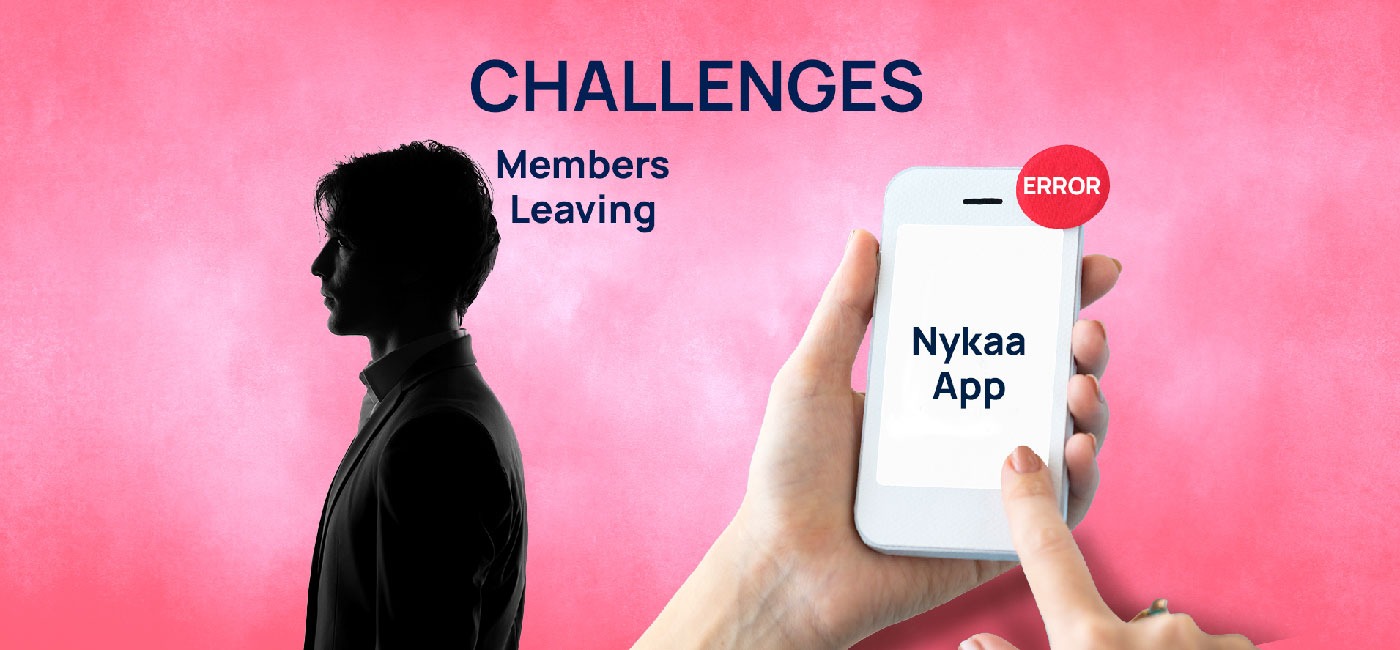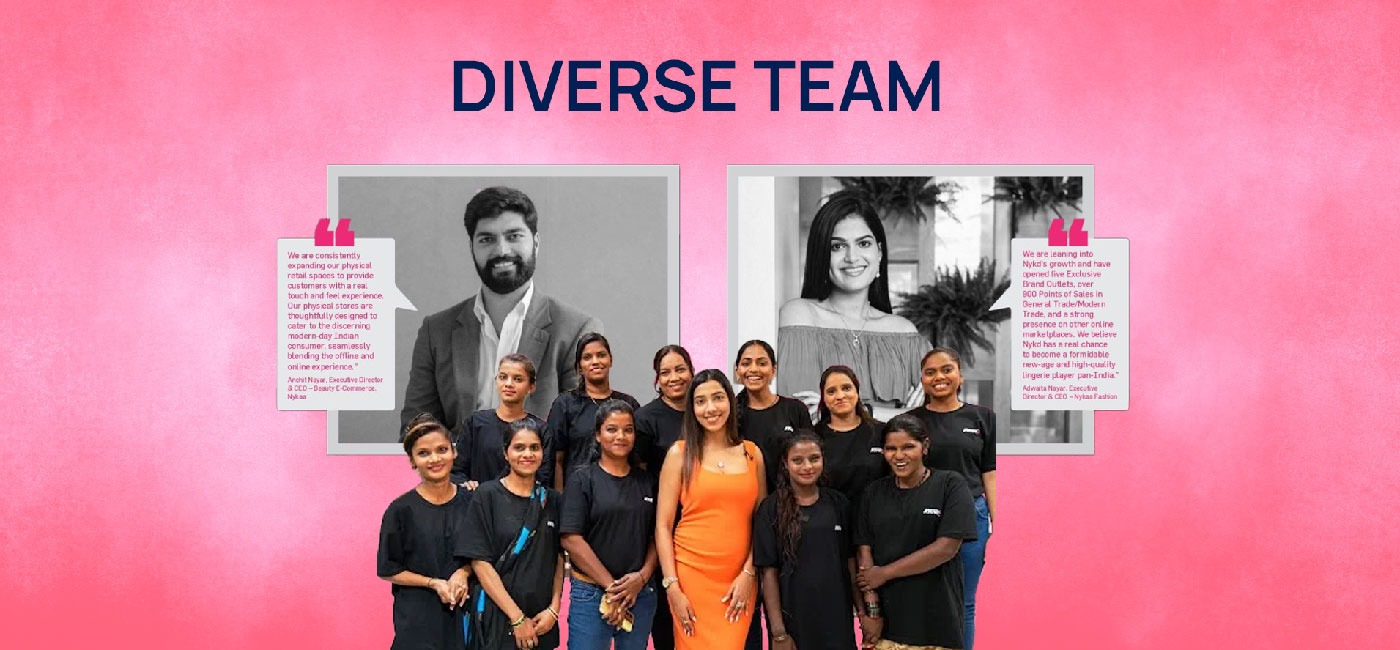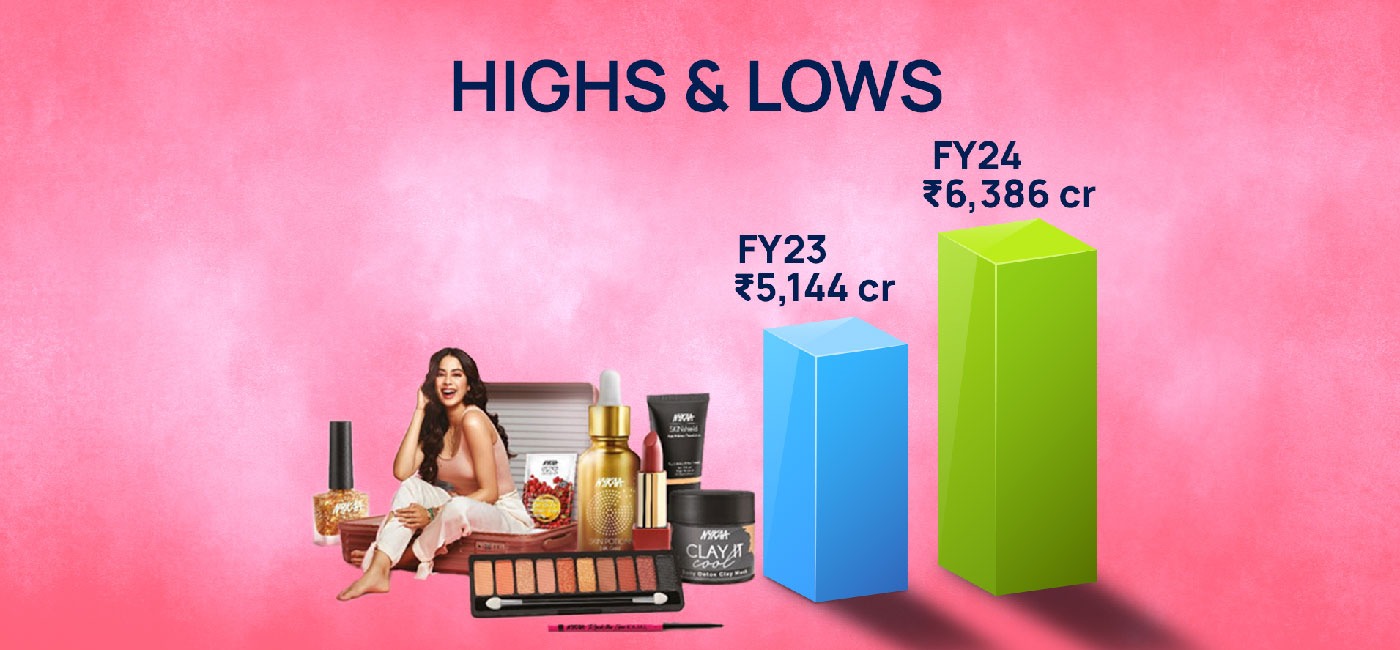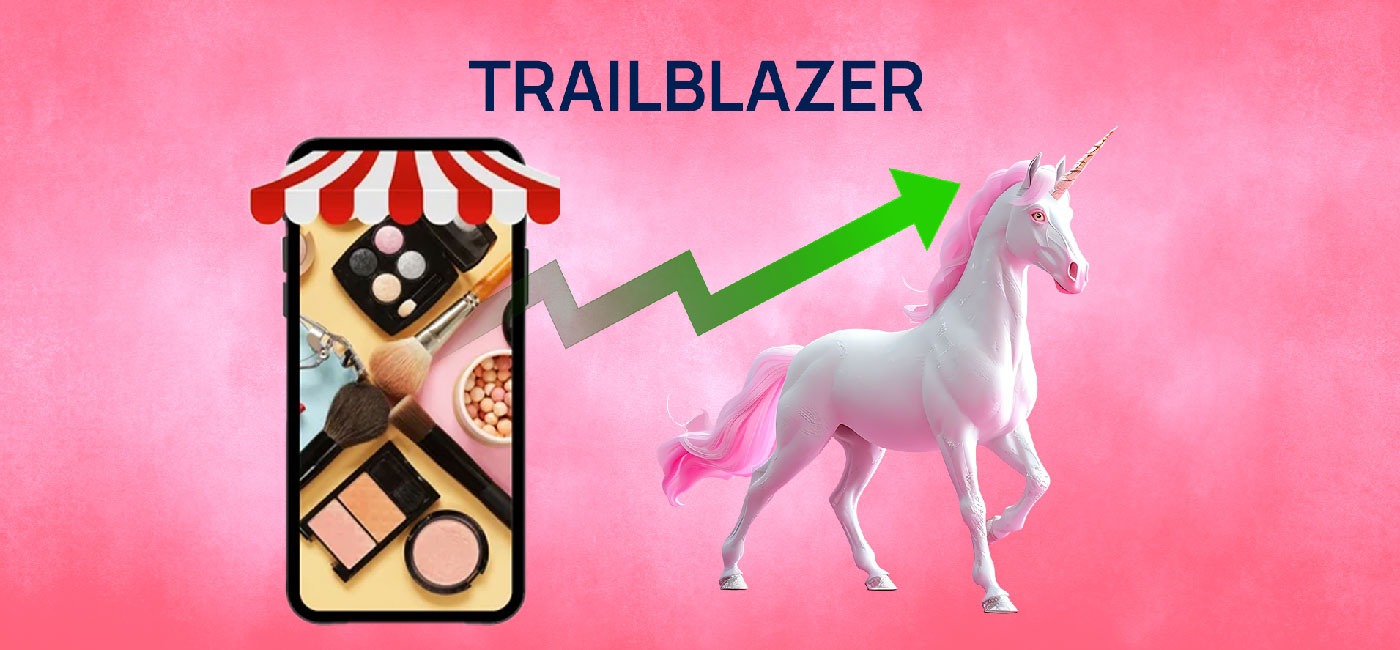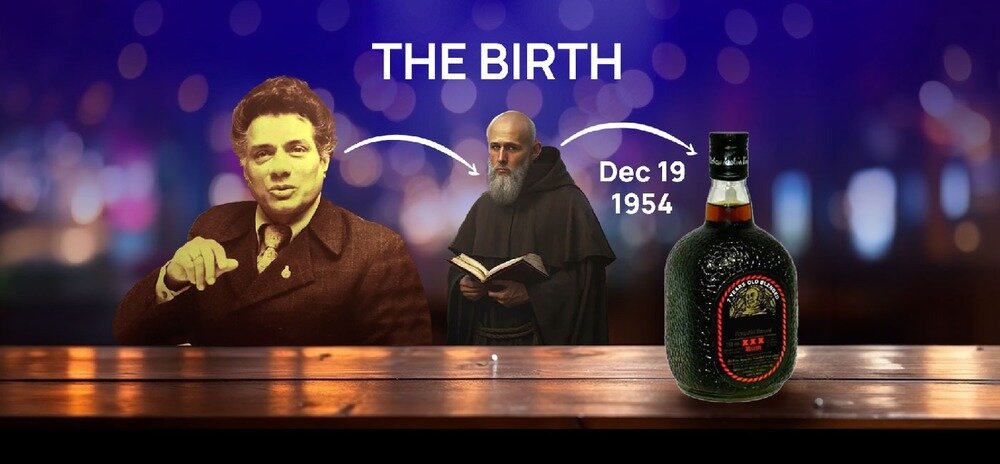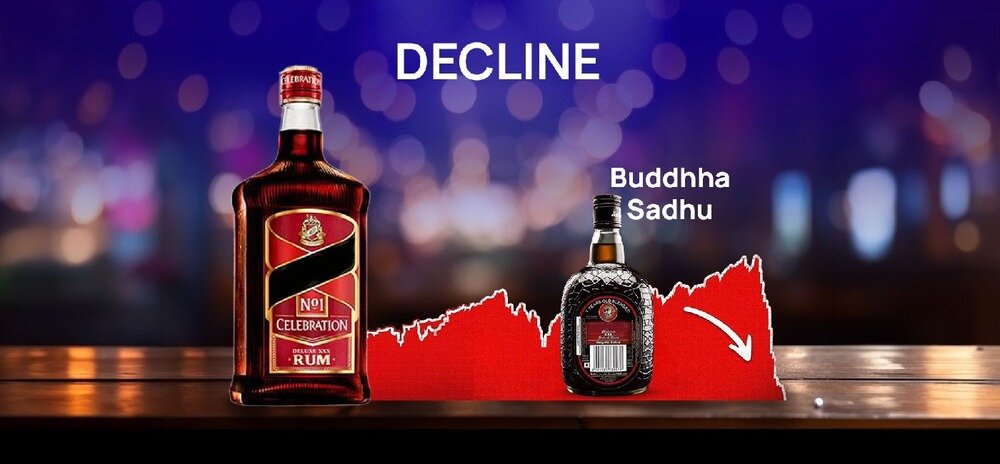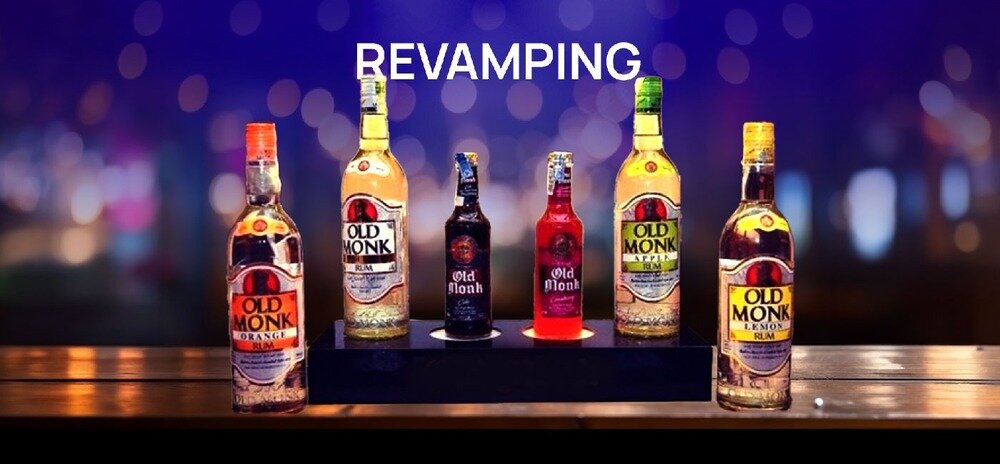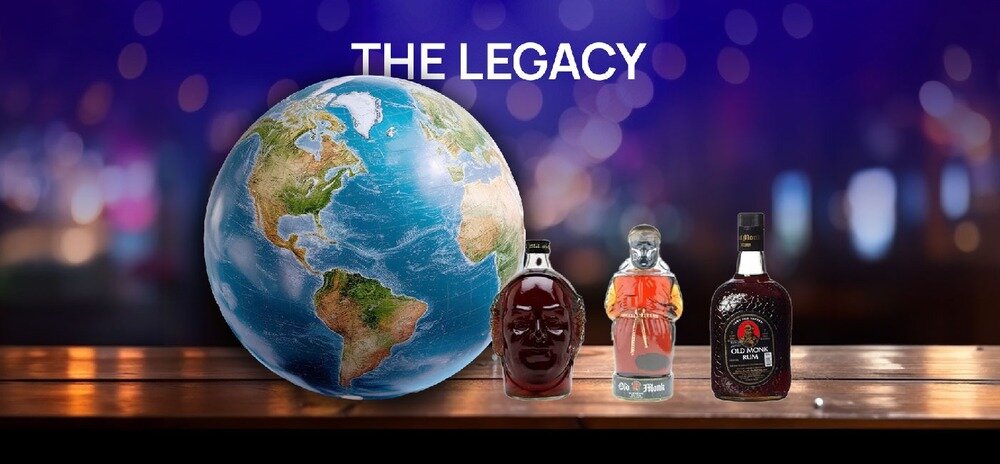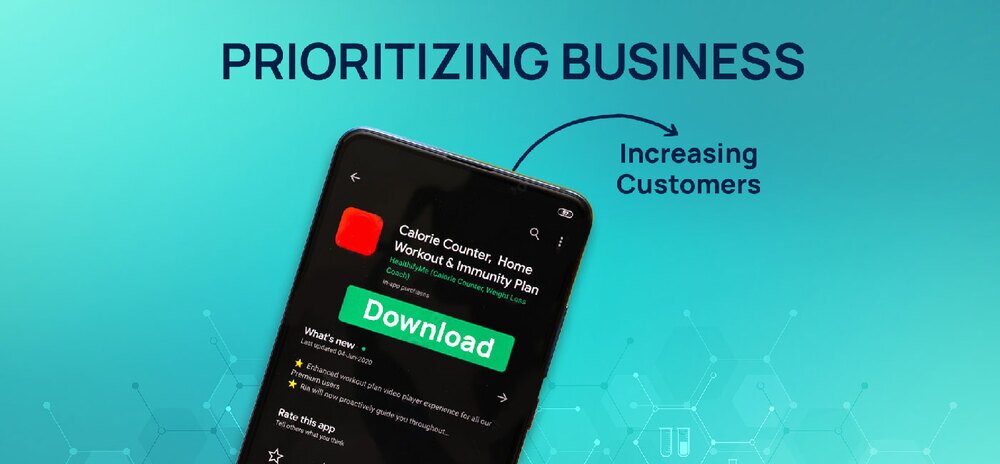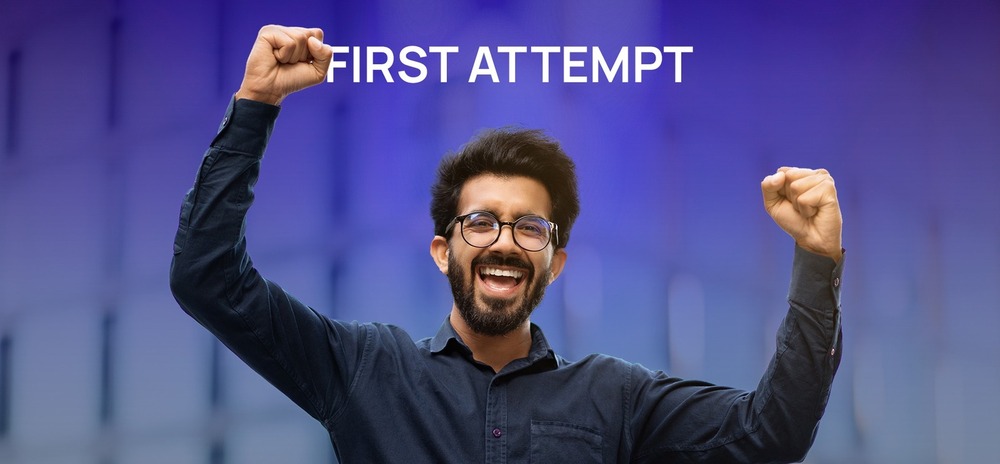Remember learning to ride a bicycle? Those first shaky attempts were scary, but the steady hand behind you, saying, “I’m here,” made all the difference. That promise of support gave you the courage to keep going.
Imagine having that kind of reassurance throughout life. For millions of Indians, one name has been that steady hand, offering trust, care, and security for over 65 years. With its motto, “Yogakshemam Vahamyaham” (“Your welfare is our responsibility”), it has become a symbol of unwavering support.
Curious how this journey of trust began? Read on
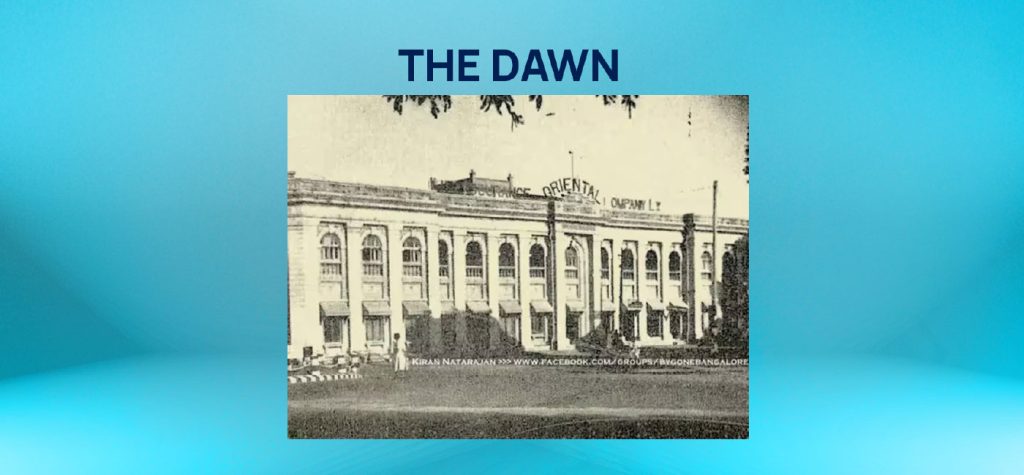
Of Indian Insurance
In the early 19th century, life insurance in India carried a strong bias. When it arrived in 1818, it catered exclusively to European lives. Indian lives were considered “sub-standard,” burdened with exorbitant premiums, and often denied fair coverage.
Change, however, began to take root in 1870 with the Bombay Mutual Life Assurance Society, which dared to offer Indians policies at par with their European counterparts.
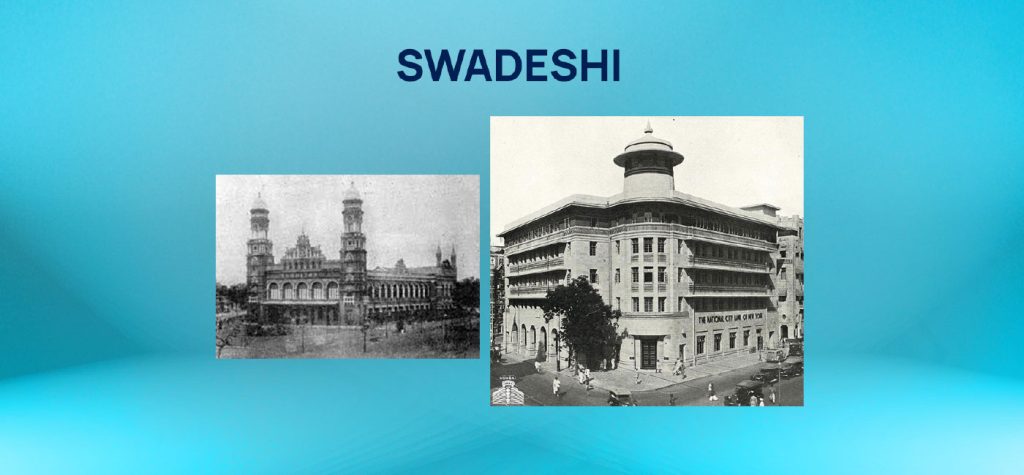
Movement Igniting The Spark
The Swadeshi movement of the early 1900s, championing self-reliance, ignited a surge of Indian-owned insurance companies like Bharat Insurance, Hindustan Co-operative Insurance, and Swadeshi Life.
By the mid-20th century, the sector was bustling but fragmented, with over 200 companies and continuous financial instability.
In response, the Indian government passed the Life Insurance Corporation of India Act in 1956, nationalizing the industry. This move unified 245 entities under one banner, and the Life Insurance Corporation of India (LIC) was born on September 1, 1956.
With ₹5 crore from the government and the motto “Yogakshemam Vahamyaham” (“Your welfare is my responsibility”), it quickly became a leader in driving a national transformation.
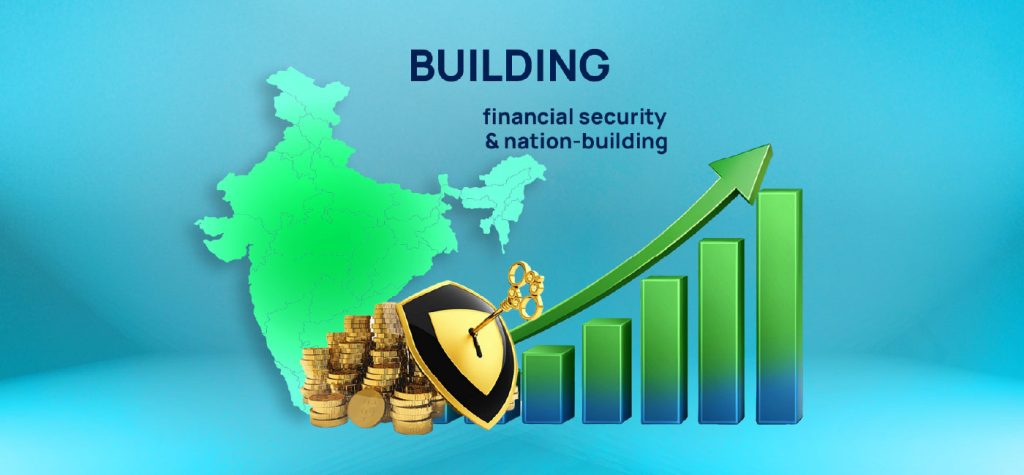
A Nation, One Policy At A Time
A dual mission marked LIC’s early years: providing financial security and nation-building. Its investments fueled public sector projects—from constructing steel plants and power stations to establishing IITs and housing initiatives.
During the 1965 Kashmir conflict, it injected ₹5 crore into the stock market to stabilize the economy.
By the 1970s, life insurance corporation wasn’t just insuring lives but strengthening India’s dreams.

Adding The Human Touch
The 1980s brought unique challenges. In a sluggish economy, insurance seemed a luxury, yet it persevered.
Field agents became the lifeblood of its operations, traveling to the remotest corners—by bullock carts, trains, or on foot—to spread the message that insurance was both a safety net and an investment.
With campaigns like “Zindagi ke saath bhi, Zindagi ke baad bhi,” the corporation reshaped how Indians viewed insurance, focusing on security for families.
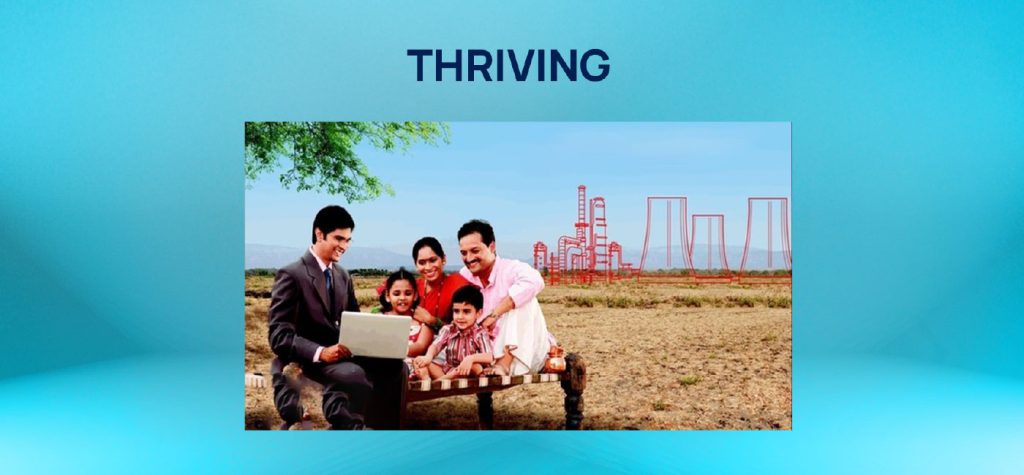
Amid Competition
From 1956 to 2000, the corporation operated as the only life insurance company in the country, ensuring that it became deeply embedded in the lives of millions of Indians.
The liberalization of the insurance sector in the 2000s saw a surge in private players. But it was prepared.
Between 2000 and 2006, it added over 5 lakh agents and diversified its offerings, catering to rural laborers and affluent professionals.
By 2007, despite fierce competition, the corporation commanded 72% of new policy sales.

That Focused on Real People
The life insurance corp’s marketing strategies remained grounded. From personal selling and rural awareness campaigns to sponsoring national events, its focus on connection over flashy advertising ensured enduring trust.
By 2021, 12.08 lakh agents constituted 55% of all individual agents in India, a testament to the corporation’s unparalleled reach.
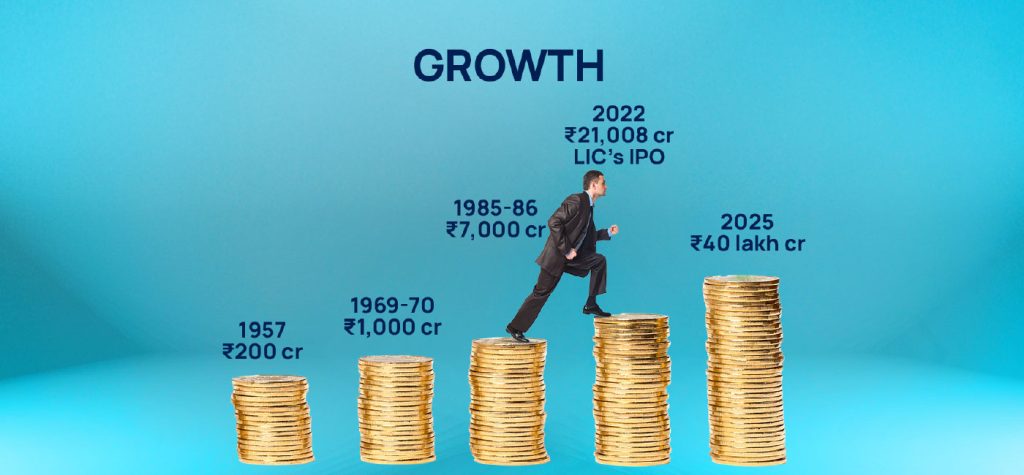
A Financial Powerhouse
The company’s growth trajectory has been staggering. From generating new business worth ₹200 crore in 1957, it crossed ₹1,000 crore in 1969-70.
By 1985-86, reorganization efforts pushed it past ₹7,000 crore in sum assured on new policies.
Fast forward to 2022, its IPO raised a historic ₹21,008 crore, reinforcing its financial might.
Today, with assets exceeding ₹40 lakh crore, LIC is one of the world’s largest financial institutions.
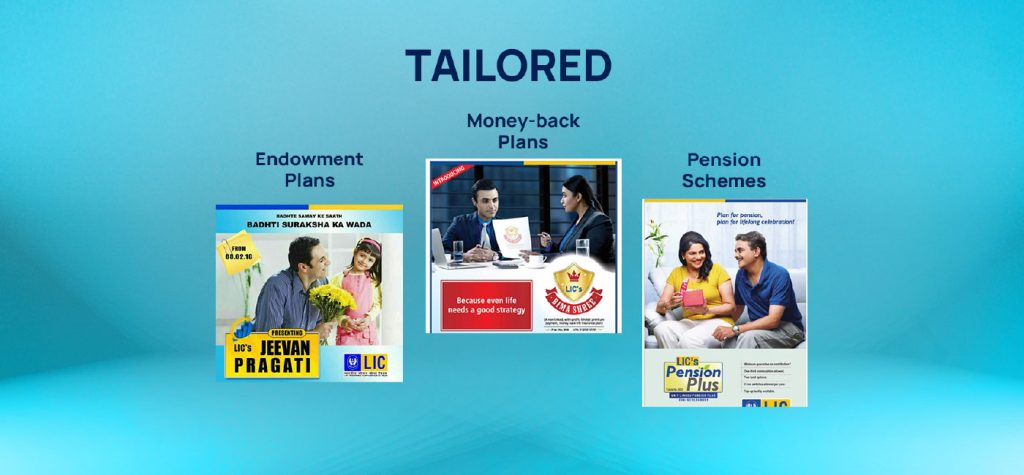
Diverse Offerings
LIC’s portfolio spans a wide array of policies tailored to different needs. Its endowment plans include Jeevan Pragati, Jeevan Labh, LIC Single Premium Endowment Plan, New Jeevan Anand, and Aadhaar Shila.
Jeevan Umang is a flagship insurance product. Money-back plans like Bima Shree, Jeevan Shiromani, Nthe ew Money Back Plan (20 and 25 years), and Jeevan Tarun cater to various life stages.
Pension schemes such as Pradhan Mantri Vaya Vandana Yojana, New Jeevan Nidhi, and Jeevan Akshay provide financial security for retirement.

That Reached The Globe
Beyond India, LIC has extended its presence to 14 countries, catering to the insurance needs of Non-Resident Indians.
The organization oversees eight zonal offices, 113 divisional offices, and 2,048 branches nationwide from its Mumbai headquarters.
With a customer base of 290 million policyholders, LIC continues to dominate the global insurance landscape.

Caring for Employees Too
LIC’s commitment extends beyond customers. Programs like the Agents Housing Scheme and LIC-HFL provide housing loans for agents.
Employee benefits include meal vouchers and other incentives. In 2010, LIC introduced a unique benefits plan based on hierarchical positions, showcasing its dedication to its workforce.
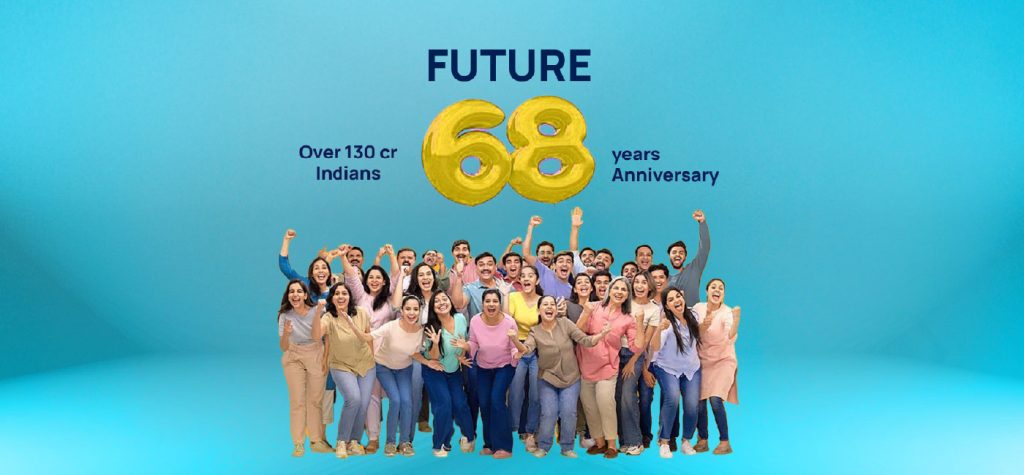
Beckons With Open Arms
LIC’s journey from insuring lives to building a nation exemplifies resilience, innovation, and an unyielding commitment to its people.
As it moves forward, LIC aims to strengthen its digital capabilities, expand global operations, and continue being a beacon of financial security.
It’s not just about insuring lives; it’s about safeguarding dreams and inspiring future generations.
For over 68 years, LIC has been synonymous with trust and security for over 130 crore Indians. Its iconic slogan, “I’m here,” captures the essence of its mission—to be a constant in the lives of its policyholders, from bustling cities to quiet villages.


